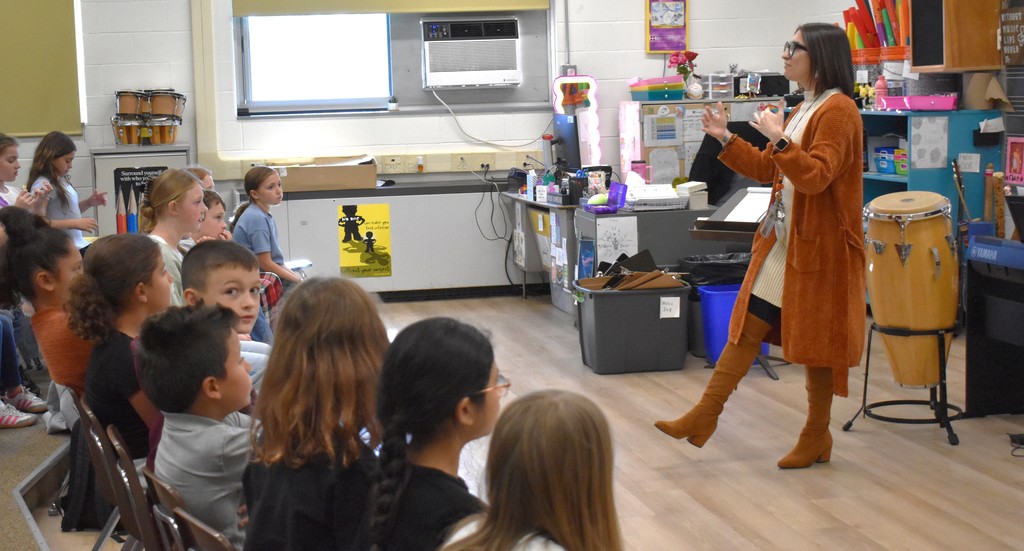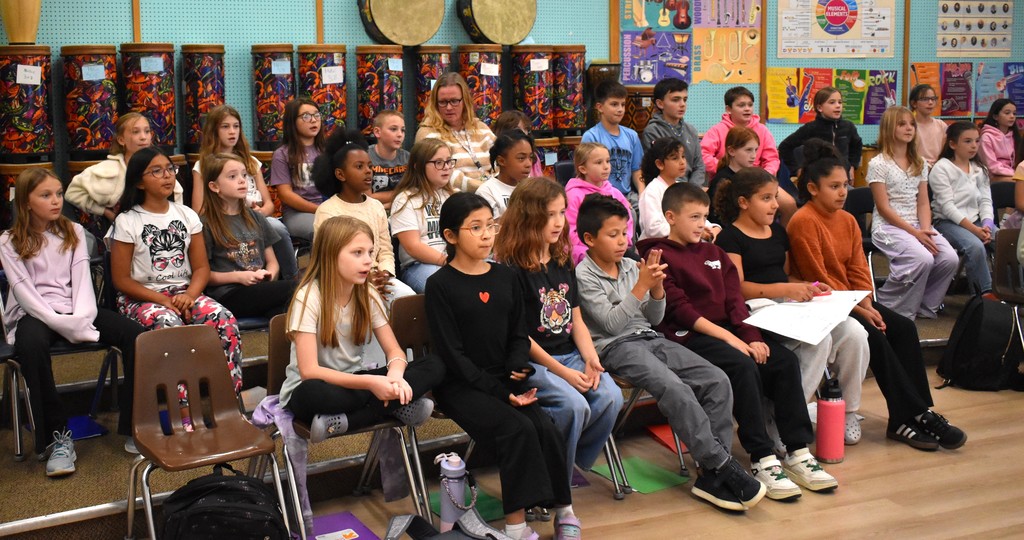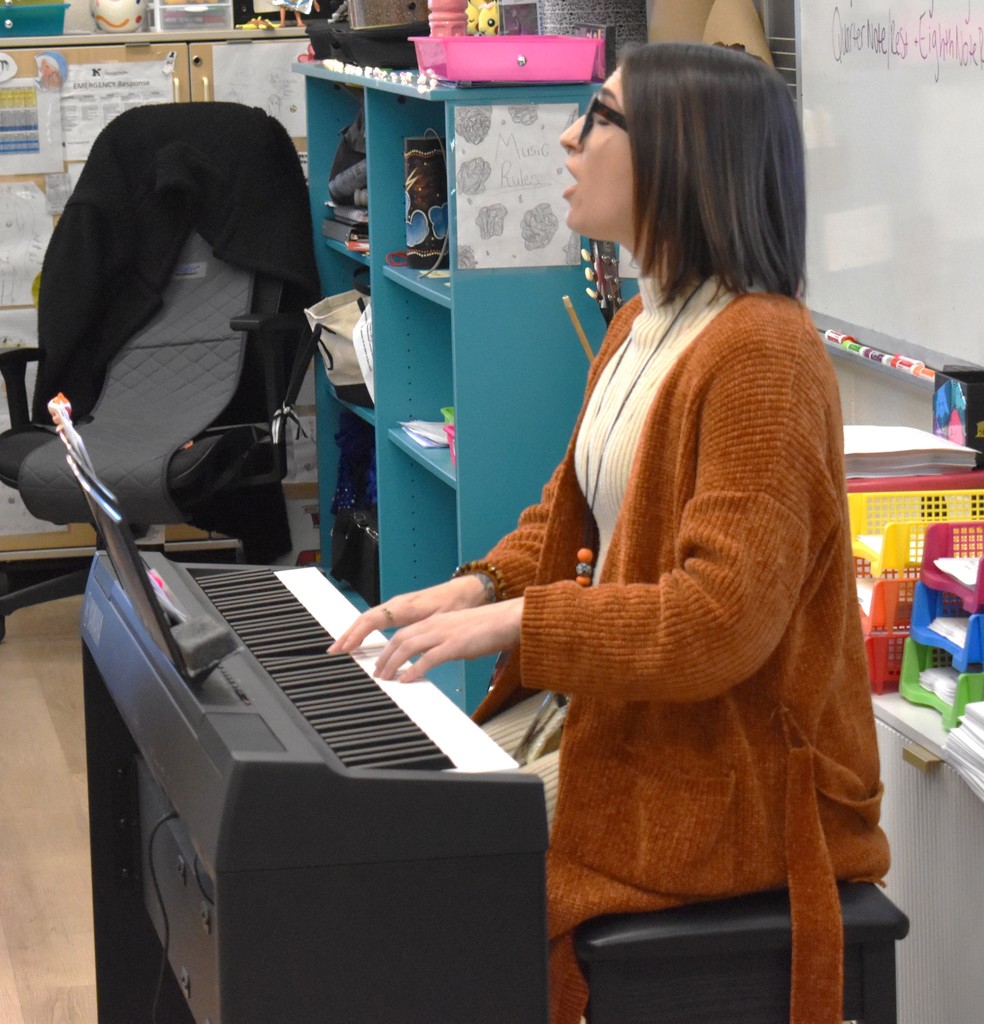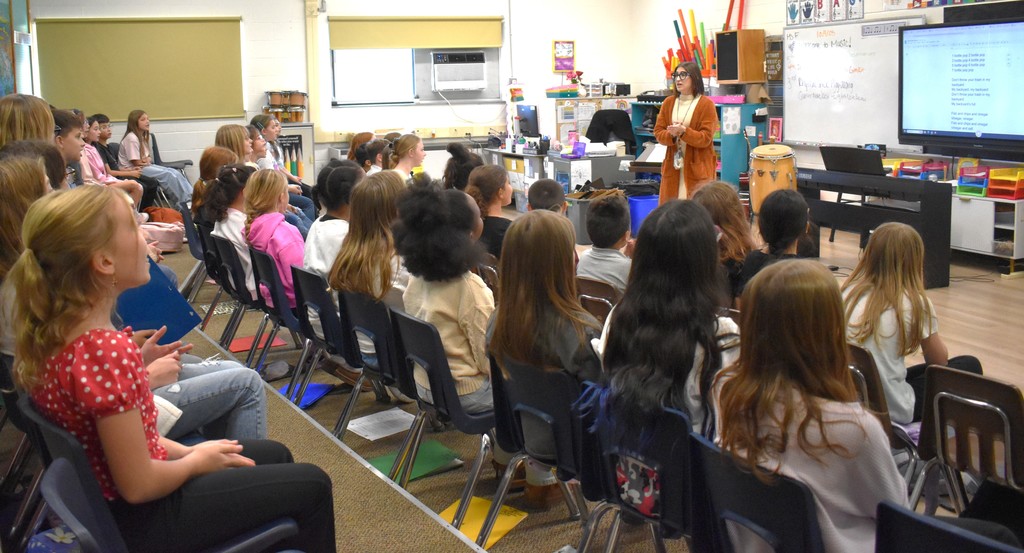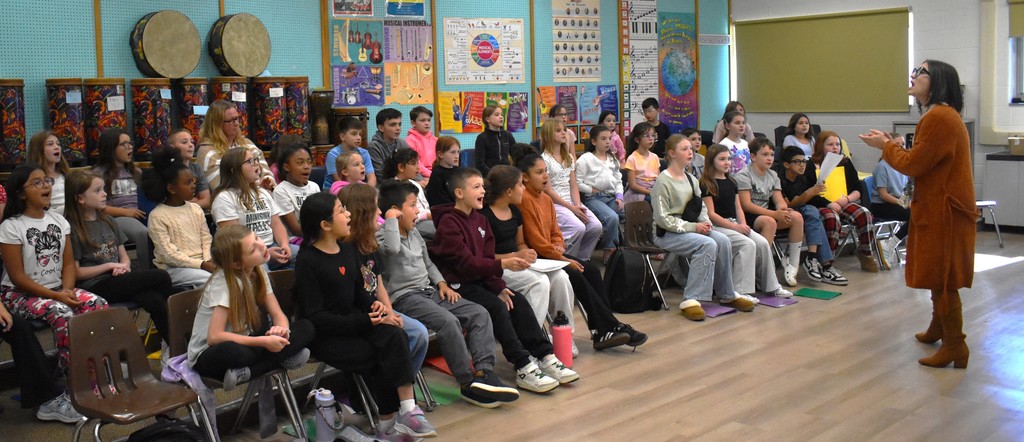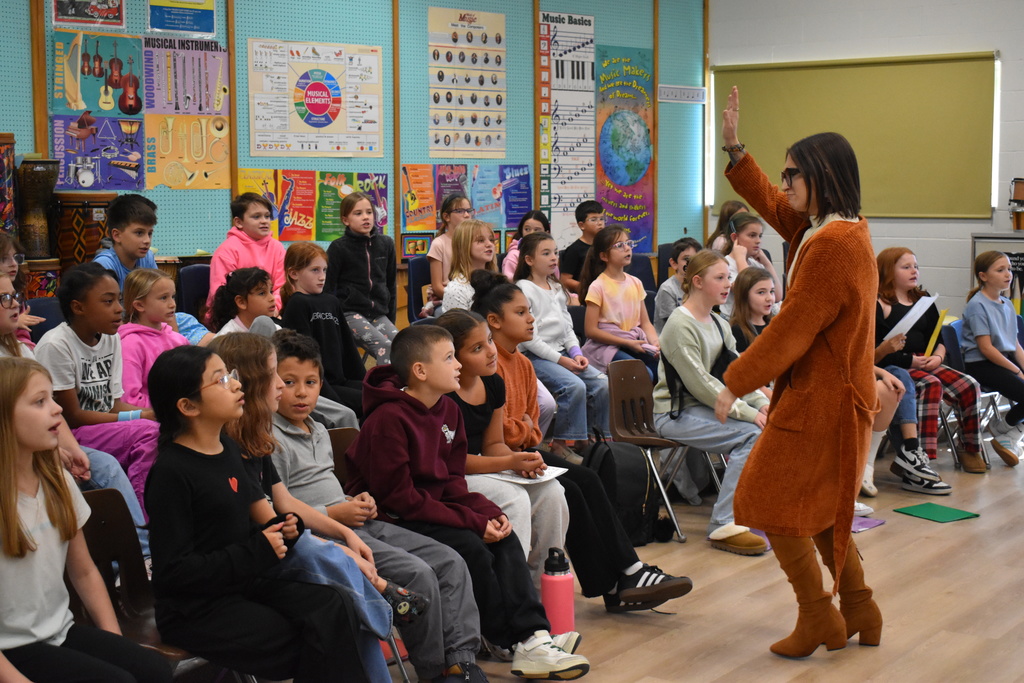This reading exercise focused on the moon. Students learned the moon doesn’t give off any light of its own but instead reflects the light of the sun. They also discussed how the moon looks different at different times of the month because of how much light from the sun is being reflected and how much of the moon can been seen from the Earth.
Choral reading helps students practice smooth reading, proper pace and expression and rhythm. Because everyone reads together, students hear fluent reading while doing it themselves. Besides the student interaction and social component, choral reading also strengthens speaking and listening skills, improves pronunciation and vocabulary and strengthens comprehension
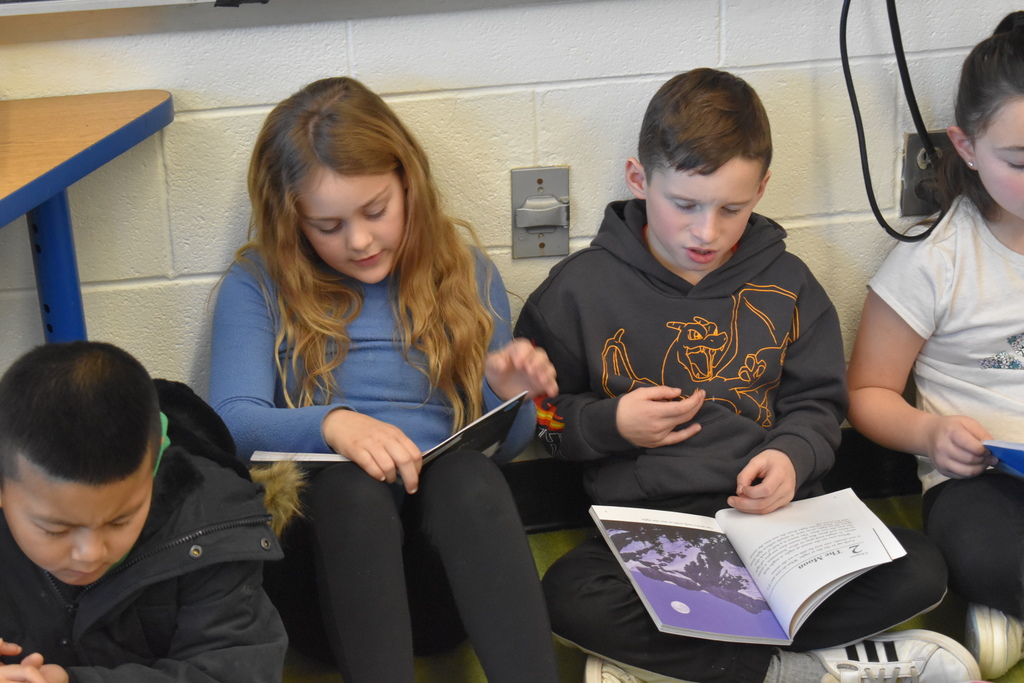


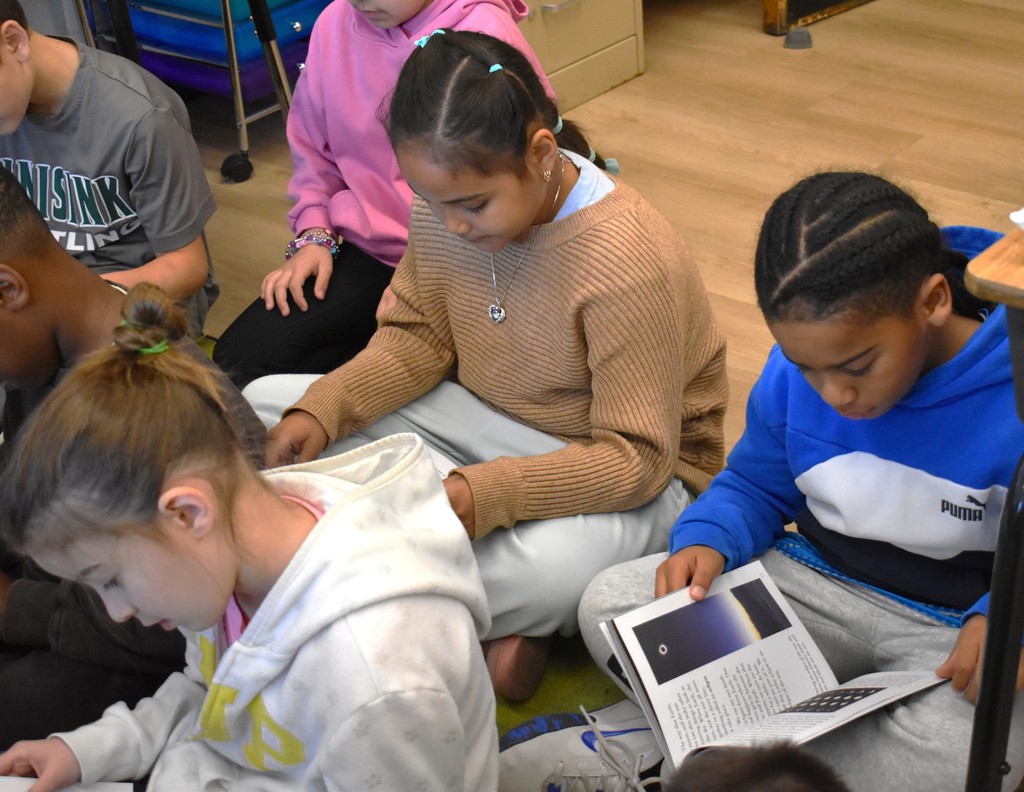
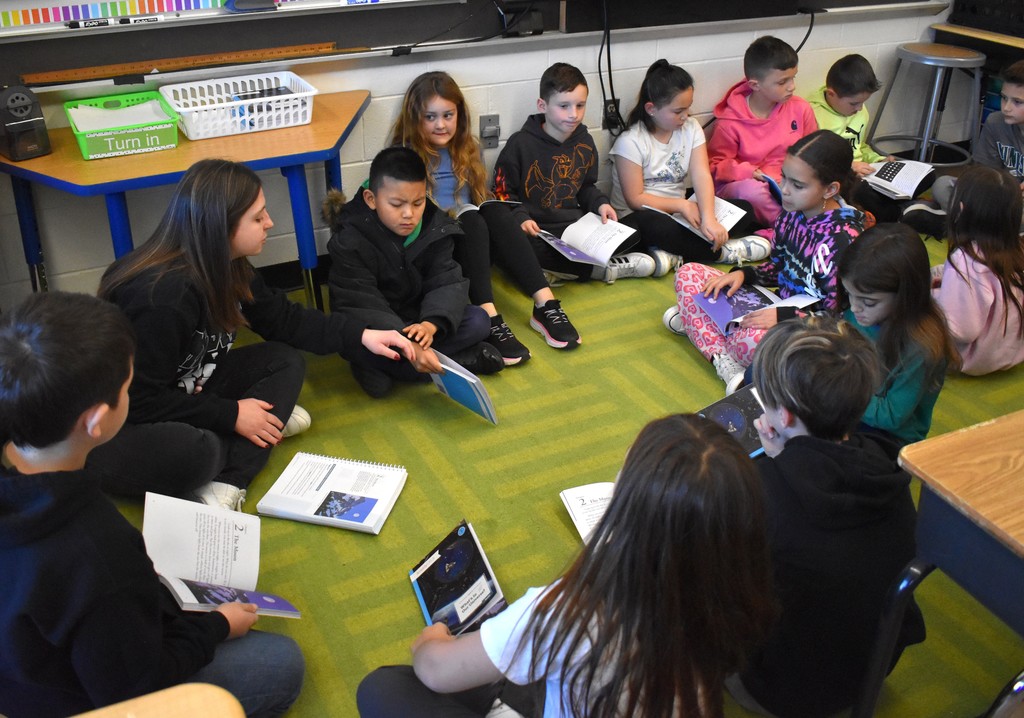
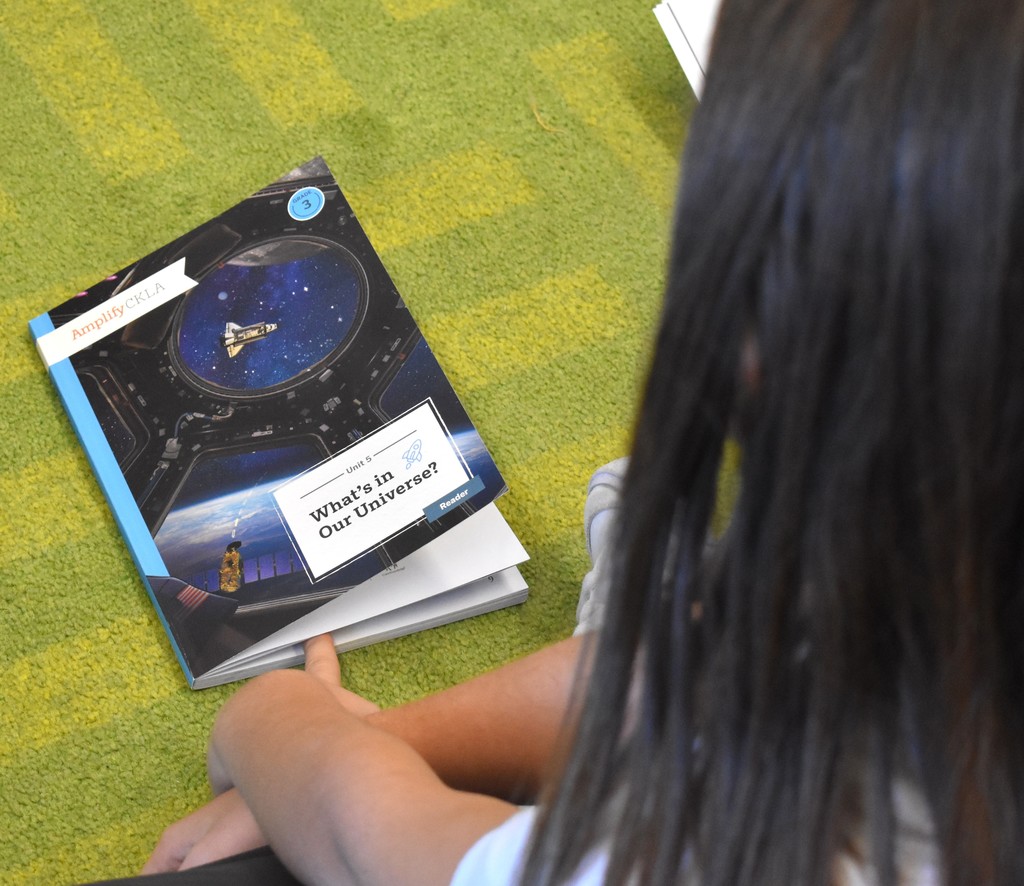
Take a peek at rehearsals and set design work for the Intermediate School Drama Club's upcoming production of "Aristocats KIDS!" Students are working hard to learn choreography and dialogue in addition to creating the sets for the performance. The IS production is a joint venture with the High School's Drama Club --- high school students are serving as wonderful mentors and assistants to to help create magical performances on Jan. 27 and 28! Stay tuned for ticket information!
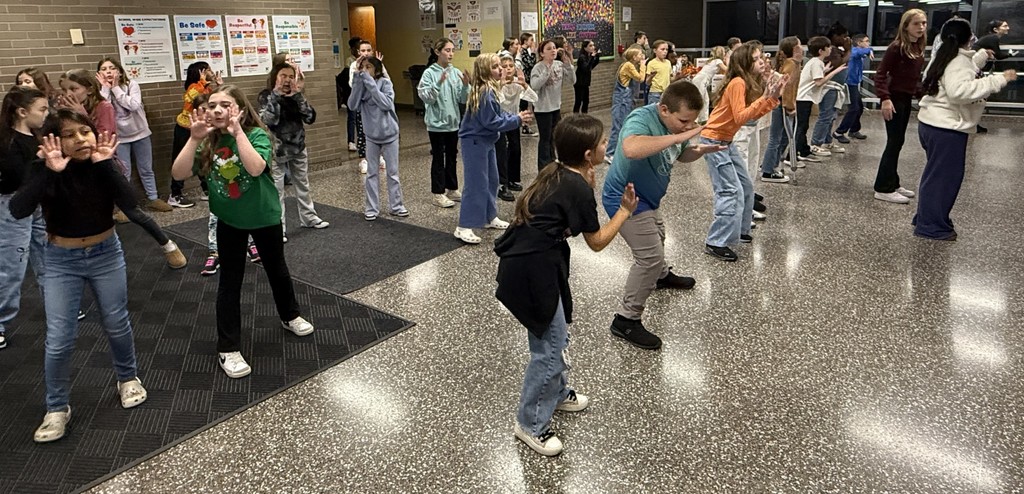


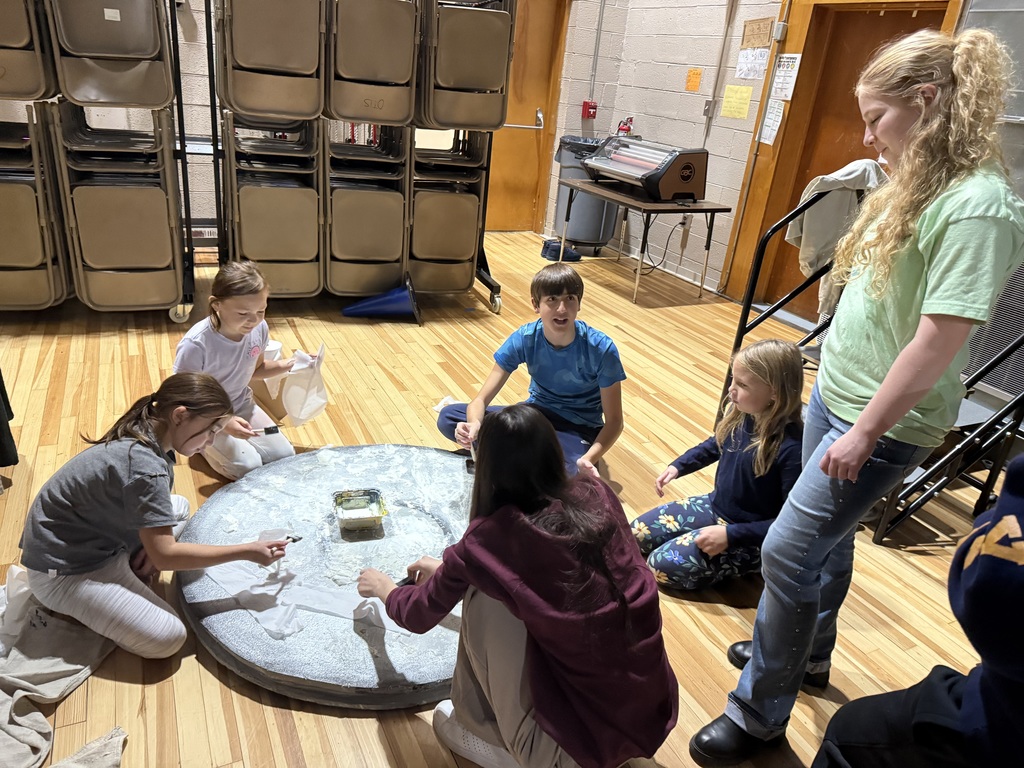

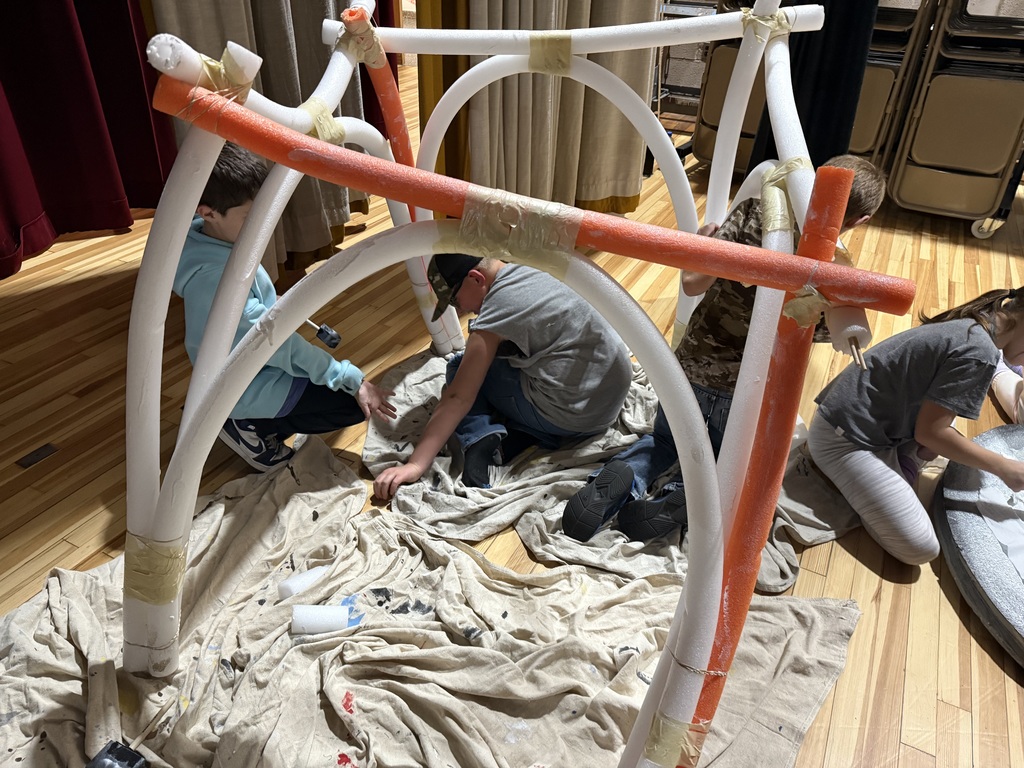
Joan Giardina’s IS third-grade art students are using a watercolor “wet-on-wet” technique of painting to create a wash of color that had no lines separating the individual colors.
Students had to choose either warm or cool colors to create a sunrise or sunset for the background of their paintings. They know that warm colors (reds, oranges, yellows) evoke energy, sunshine, and coziness, like fire or the sun; while cool colors (blues, greens, purples) create calm, spacious feelings, resembling water or the sky.
This background is the first phase of their winterscape project which will feature birch trees and a cute forest critter!
Watercolor "wet-on-wet" is a technique where wet paint is applied to a wet or damp paper surface, causing colors to spread, bloom, and blend on their own. This results in soft, blended edges and is ideal for creating washes of color, like skies or water, and achieving a magical, flowing effect.
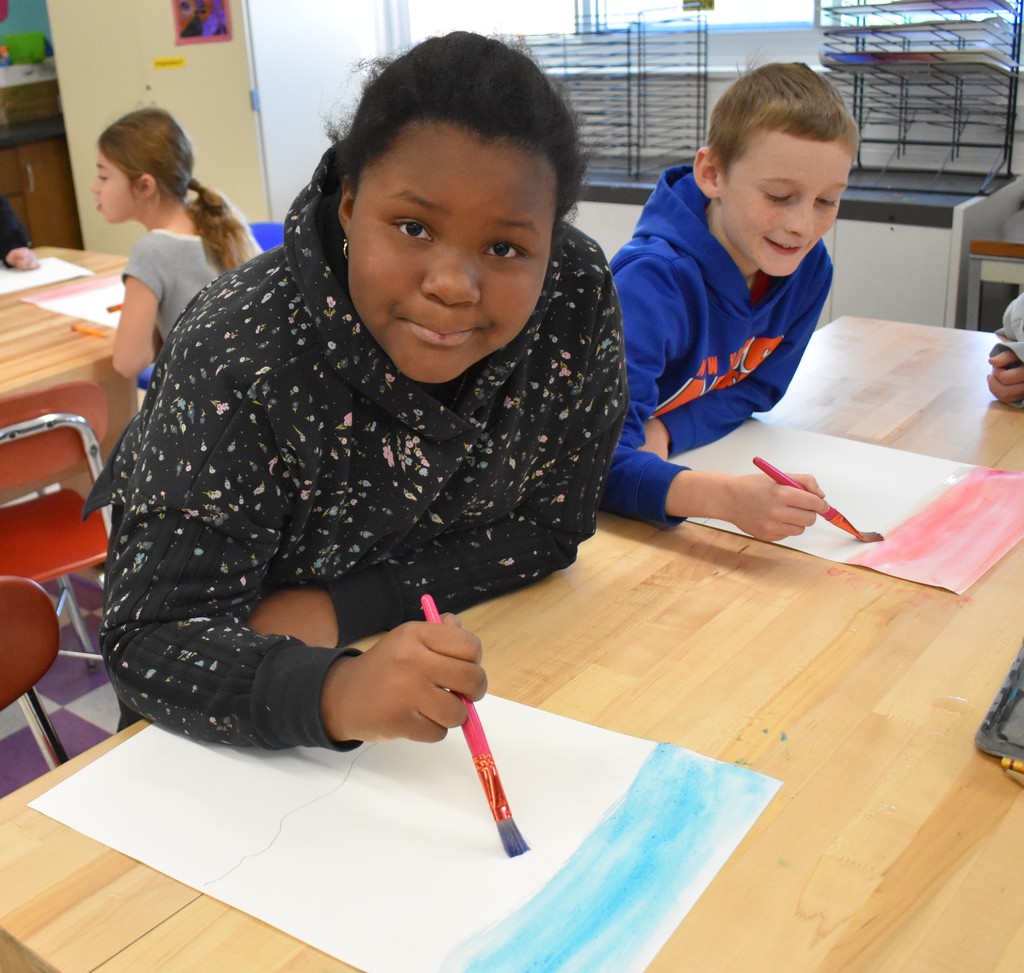

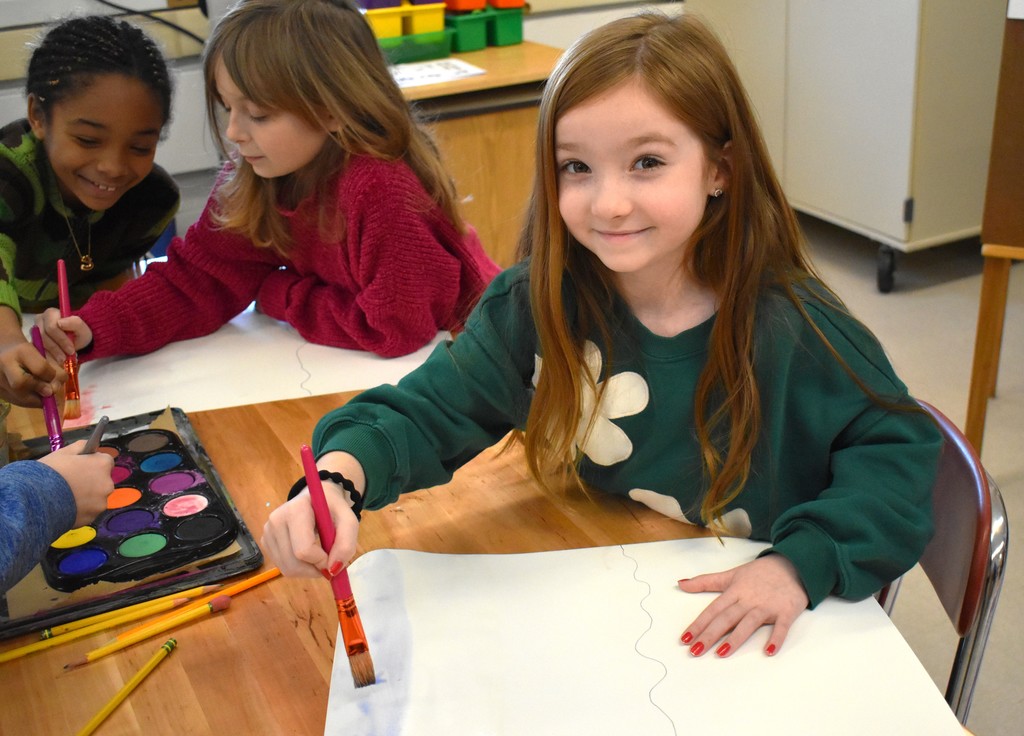
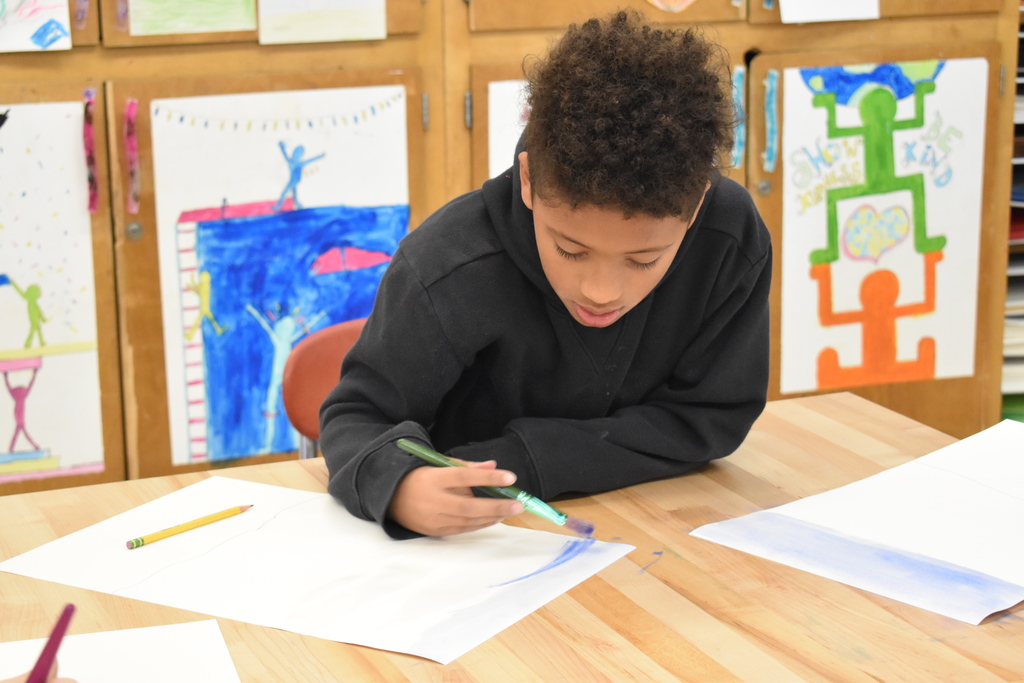




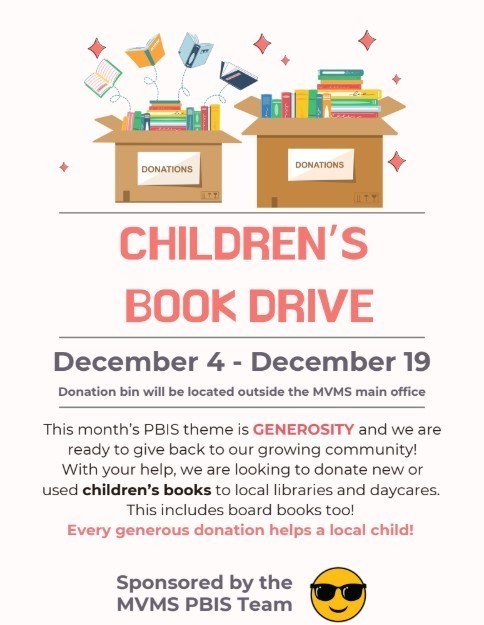
Yes, we know teams can’t “redshirt” themselves.... but we did it anyway for the 2025 Special Olympics New York Polar Bear Plunge. Next year, we will be back!
We’re grateful to officials from Special Olympics New York’s Hudson Valley chapter who visited us this past Friday, Dec. 5, to present us with the 2024 Cool School Challenge Trophy (we raised $4,022) and brought celebratory pizza for anyone from the 2024 team who was able to attend. They gratefully recognized the efforts of the 2024 team and are completely energized to work with us to get an awesome team in place for 2026.
However, the trophy didn’t stay in our possession very long. It’s now in the safekeeping of our friends at the nearby Chester School District, the Cool School Challenge winner for the 2025 plunge at The Rez in Highland Mills. Congratulations, Chester, but you better watch out: We’re coming after you in 2026 to reclaim our title!
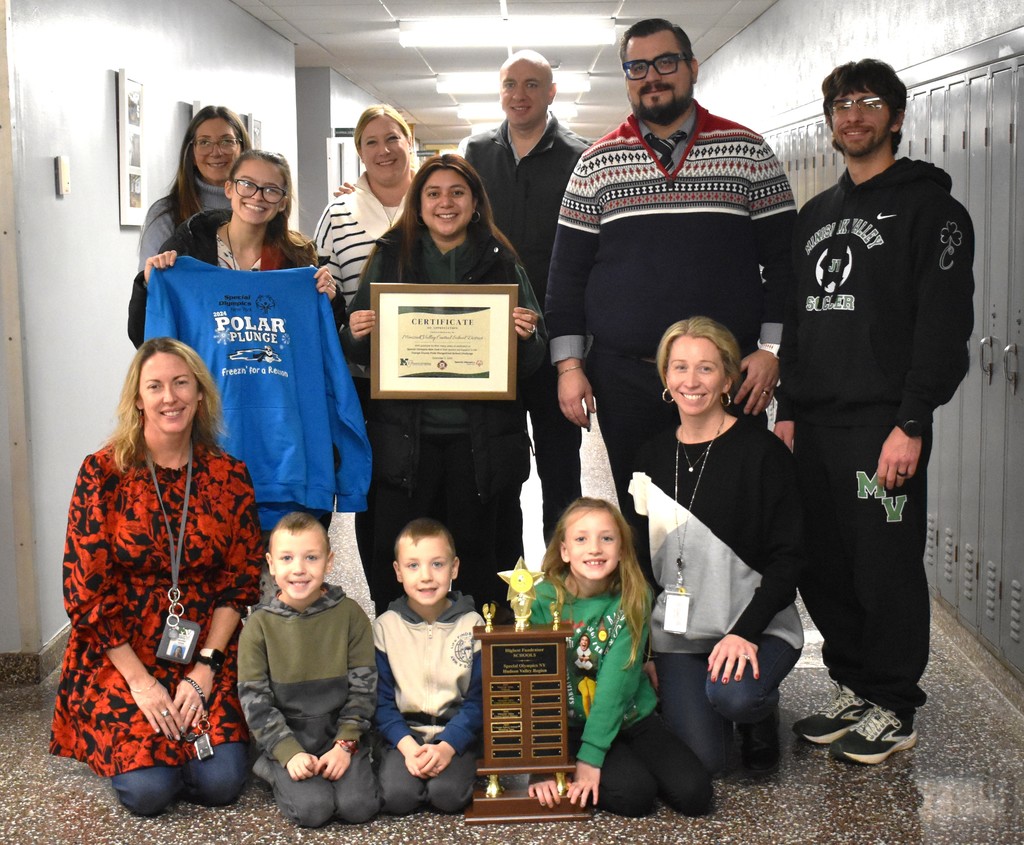
K-5 FAMILIES: Be part of the fun and merriment for a great cause! Pull out your student's finest Grinchy (or green) attire and sign up to attend a special fundraiser showing of “The Grinch” on Friday, Dec. 12, beginning at 5:30 p.m. at the ES/IS Auditorium! The evening runs until 8:30 p.m. so you’ll even have a chance to grab a bite to eat or do some holiday shopping while your student is having a great time!
The ES PTO and High School’s Youth Against Cancer (YAC) Club are hosting this fun “Kids Night Out” evening! Cost is $10 per student, with snacks, a souvenir and a very special visit from the Grinch himself! Don’t miss out!
All proceeds will benefit the good work of the ES PTO and the YAC Club. Sign-up via this link: https://docs.google.com/forms/d/e/1FAIpQLSfsKNmEfJdvoBl6ZMtFJi6pvYE6LSWbf23qvUHGJbIG78tuUQ/viewform
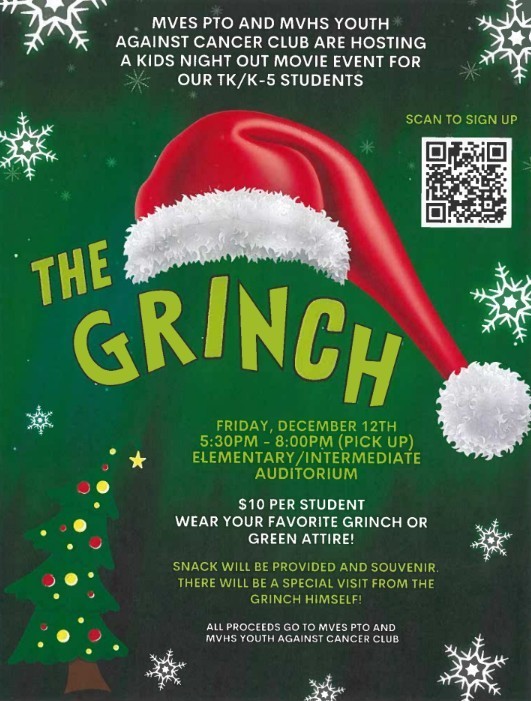
Fifth-grade teacher Mike Conklin offered comments before the luncheon began reminding everyone about the importance of being thankful, kind and generous and that there's always something to be thankful for. He also noted he believed students would remember this day during the rest of their school careers as well.
“For 26 years, this celebration has been one of my favorite traditions,” he said. “Not because of the food, but because of the people who make it possible. Every helping hand, every smile, and every moment of teamwork reminds us what this holiday is all about. Thanksgiving is a time to pause and appreciate the blessings around us, big and small. I am deeply grateful for our school community – for your kindness, your hard work and the way you come together to create something special for our fifth-graders year after year.”
The luncheon was made possible due to the kindness and generosity of parents, faculty and staff who provided all turkeys, hams, side dishes and desserts and related treats to have a delicious hot Thanksgiving meal! A HUGE -- HUGE -- HUGE --- HUGE THANK YOU to Middle School FACS Teacher Victoria Ingrassia for cooking all the hot food served today. She was busy at work in the early hours of the morning! AND, a grateful THANK YOU to everyone who contributed to the luncheon's success. Everyone had a great time eating and socializing...and they were very well-fed, too!
See more photos on the district's Facebook page!
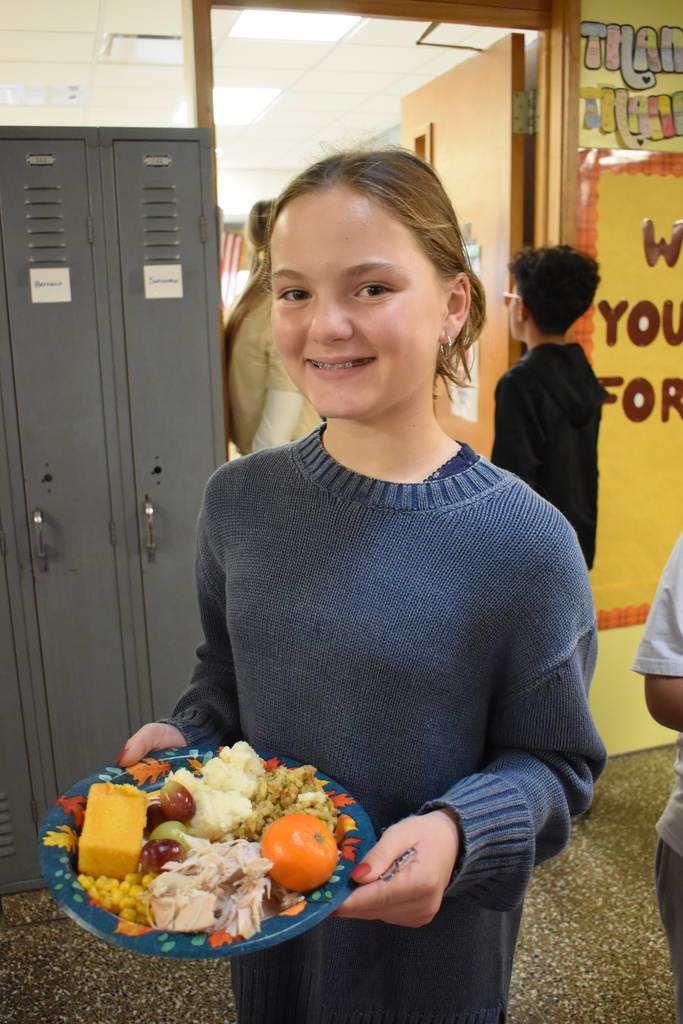
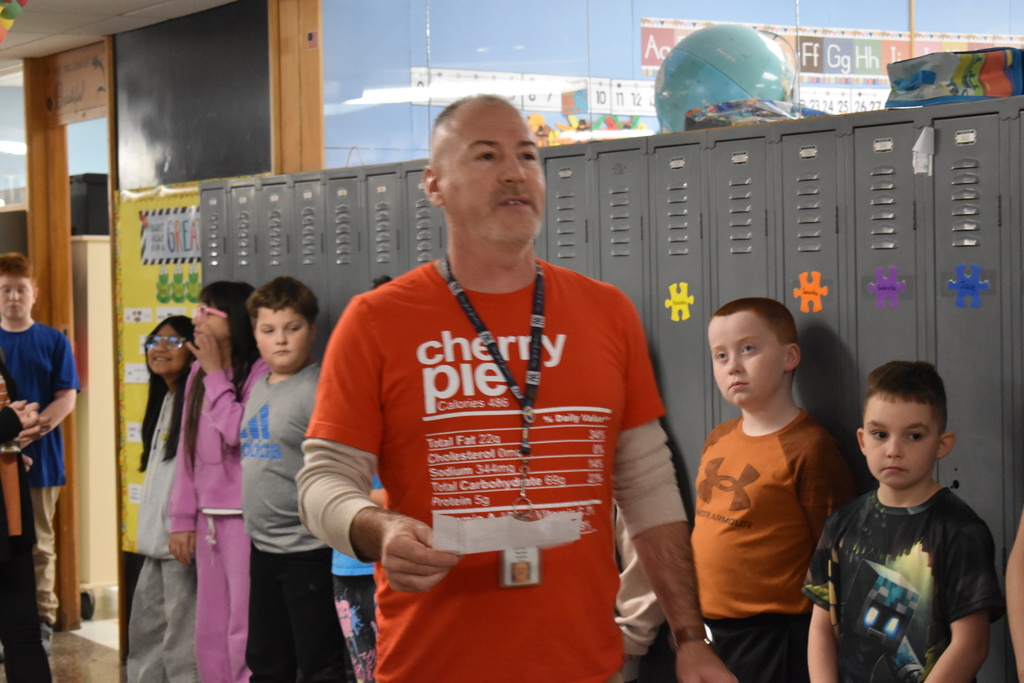
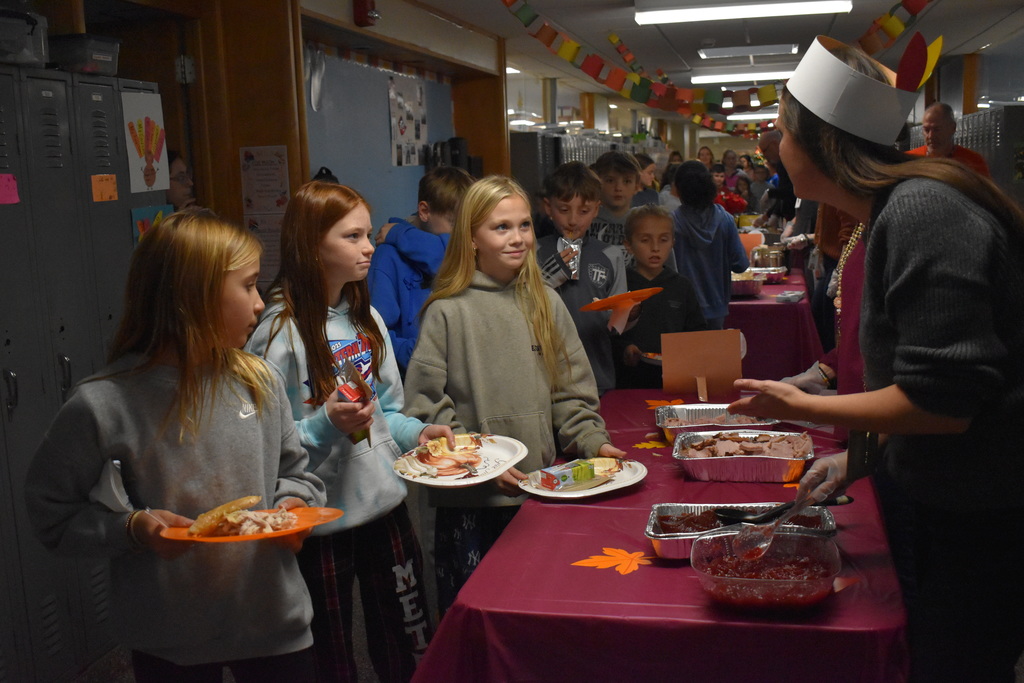

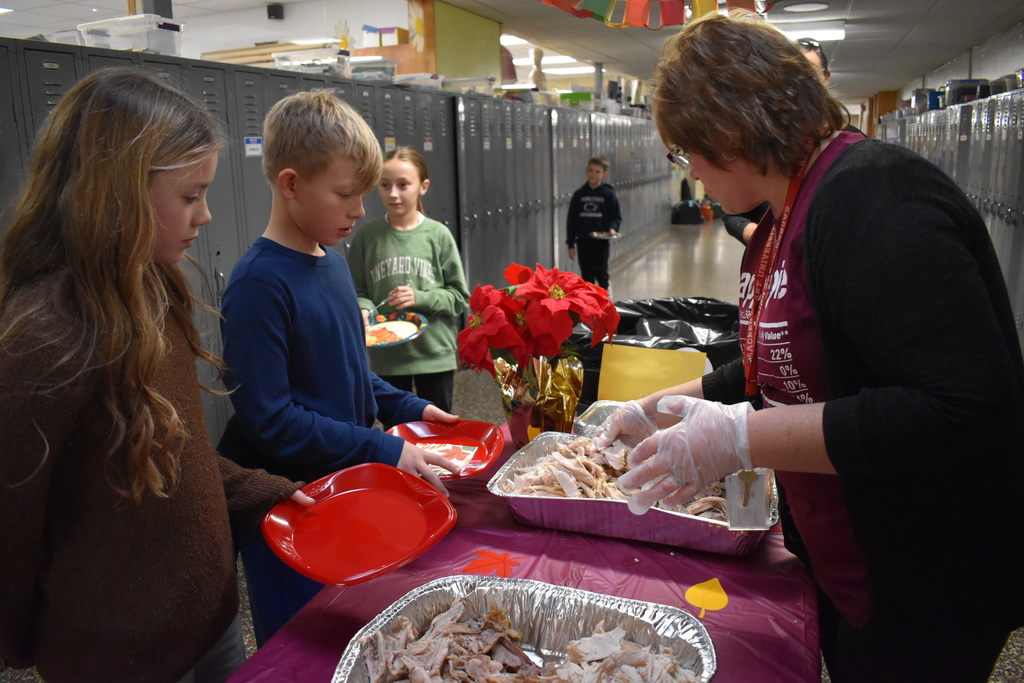
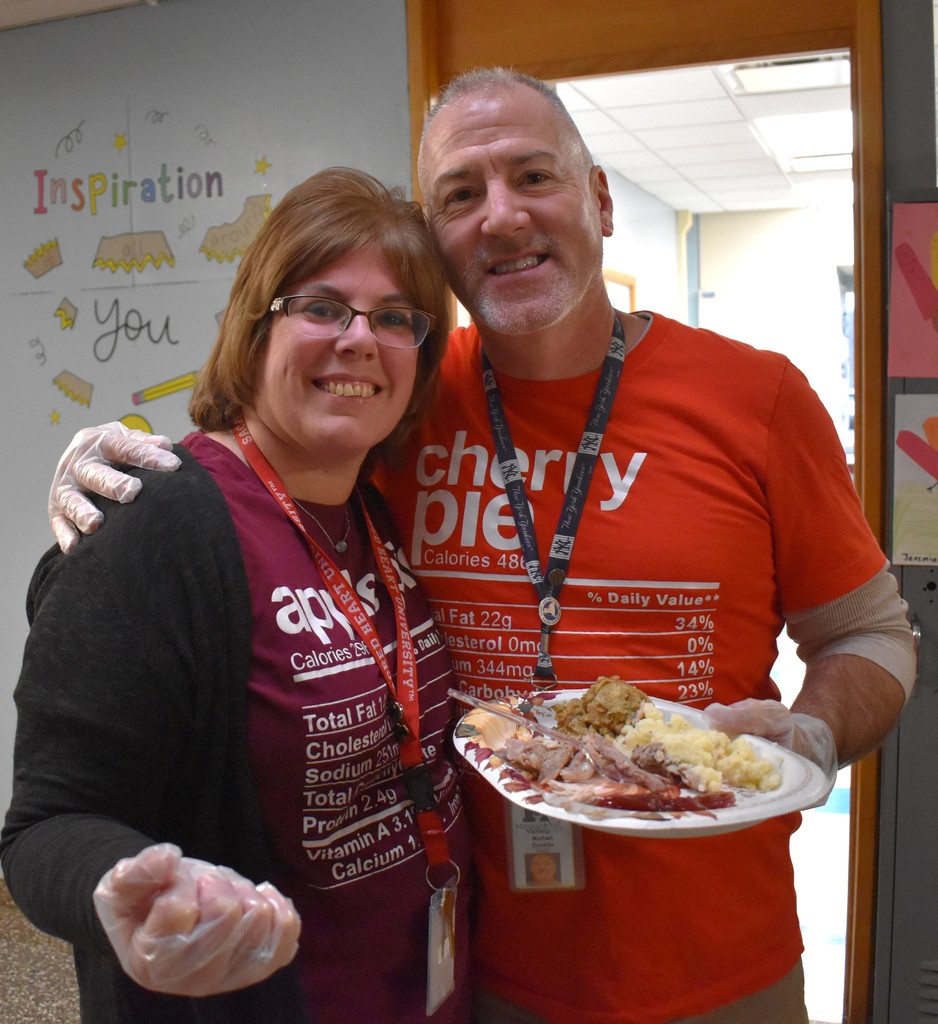
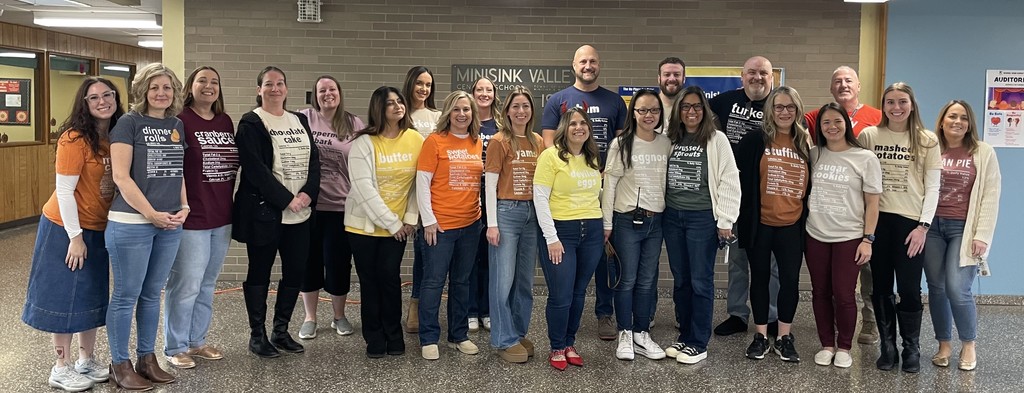
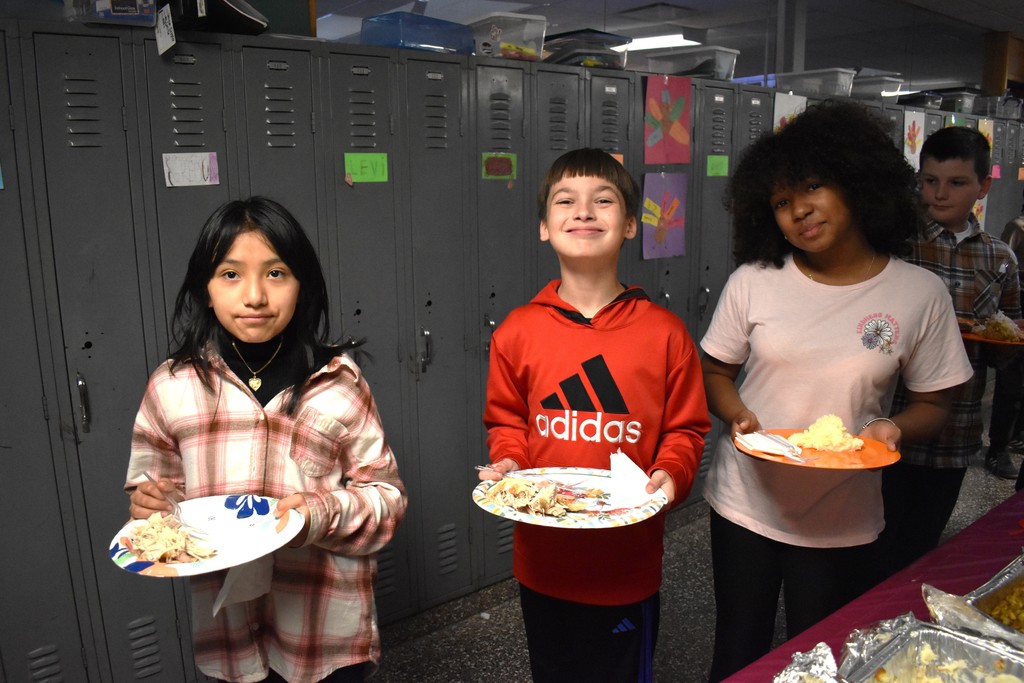
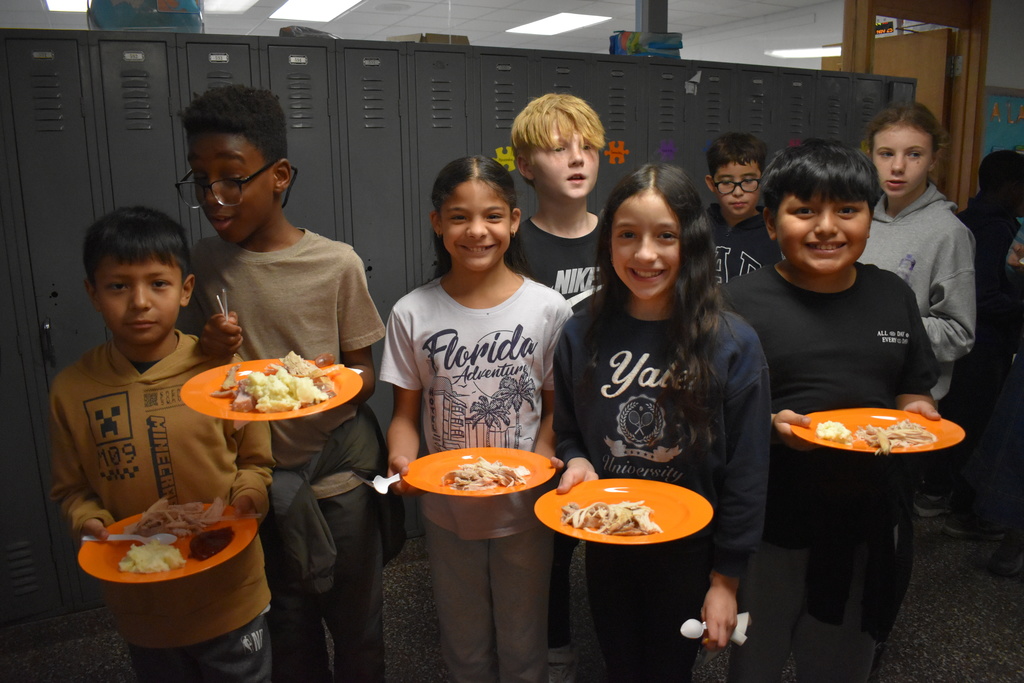
SIGN-UP! The High School’s Step Dance Team is hosting its first ever "Just Dance" Kids Night Out for K-5 students on Friday, Dec. 5 from 5 to 7:30 p.m. in the High School’s cafeteria. It’s going to be a fun and instructive evening out for students, who will learn some great dance steps from talented Step Dance club members! PLUS: You can have a chance to get some holiday shopping done, or even grab a bite to eat! Cost is $20 per student, paid by cash at the door, but registration is required! (See the QR code) Sign up early, as registration is limited to 40 students!

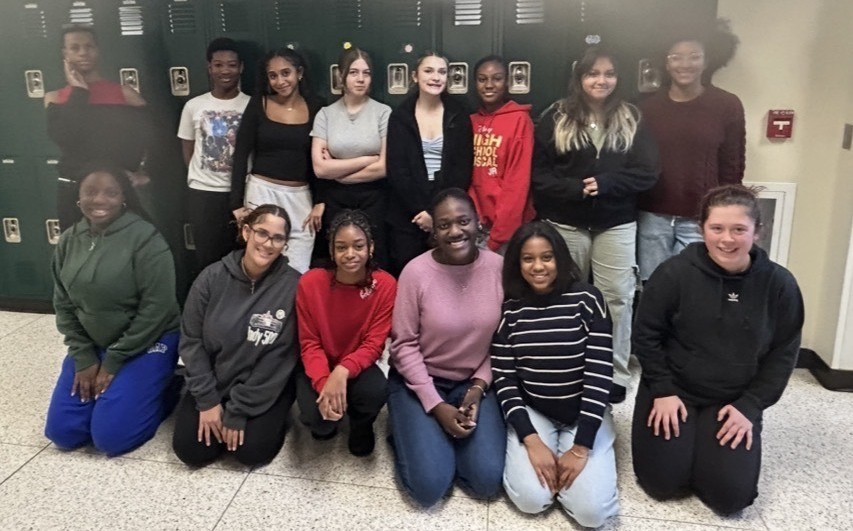
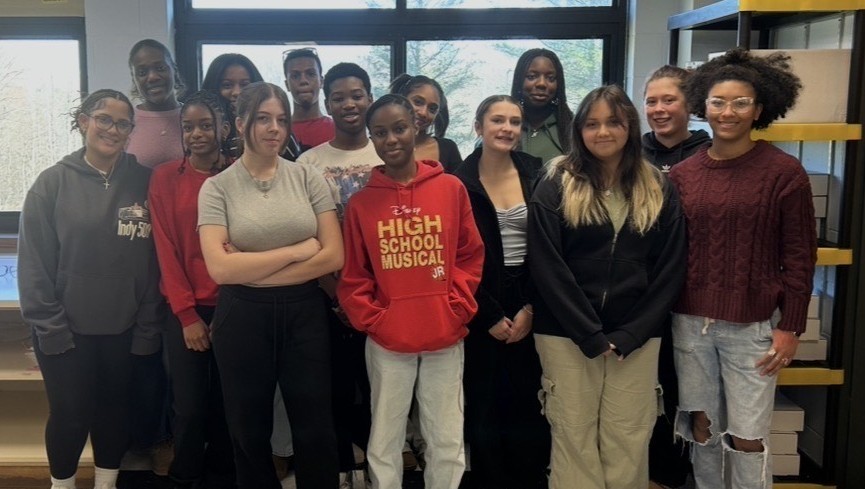
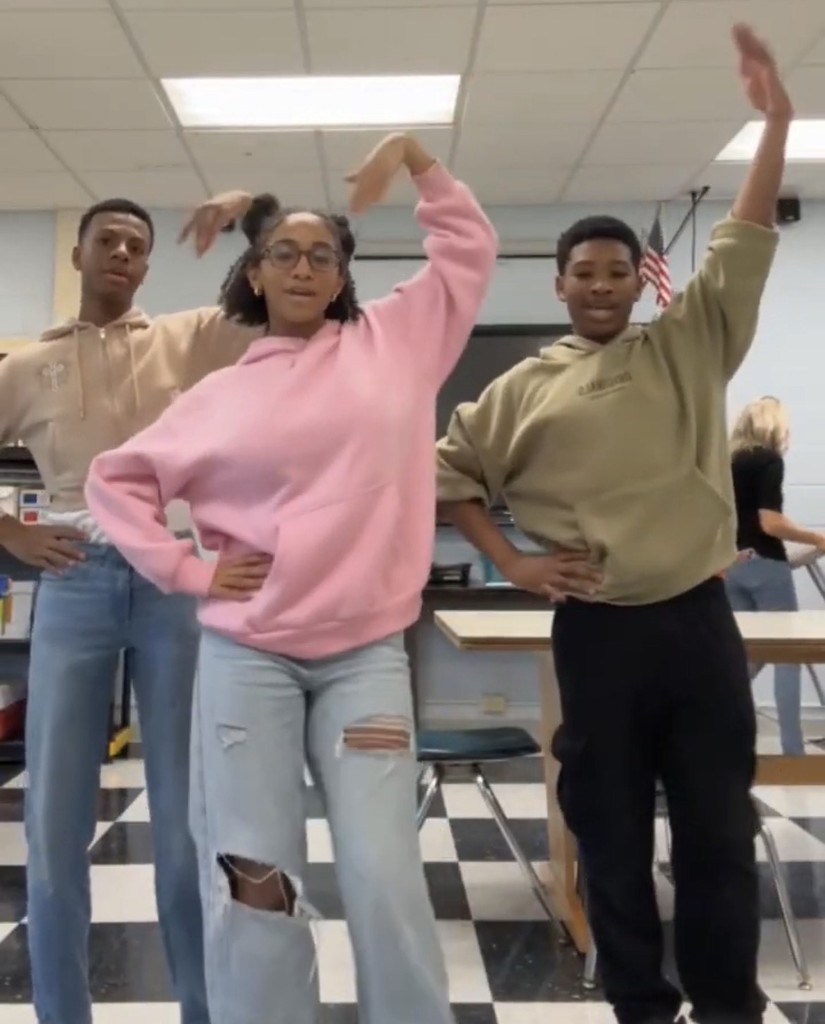
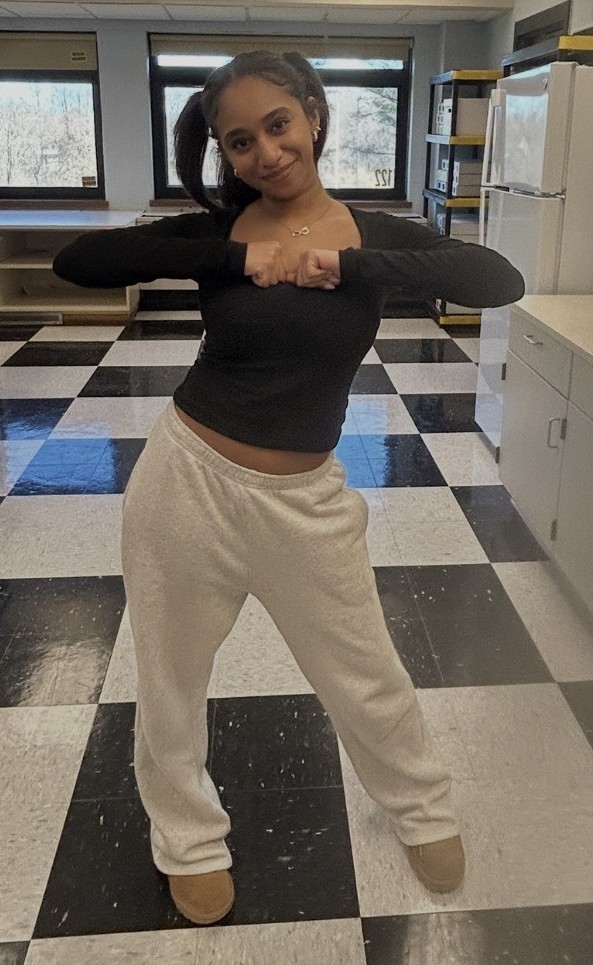
Take a peek at their clever ideas, created in their "Disguise a Turkey" at-home family projects Murphy assigned. A wonderful bonus was each student presented their work to their peers, giving everyone a great opportunity to further work on their public speaking skills!
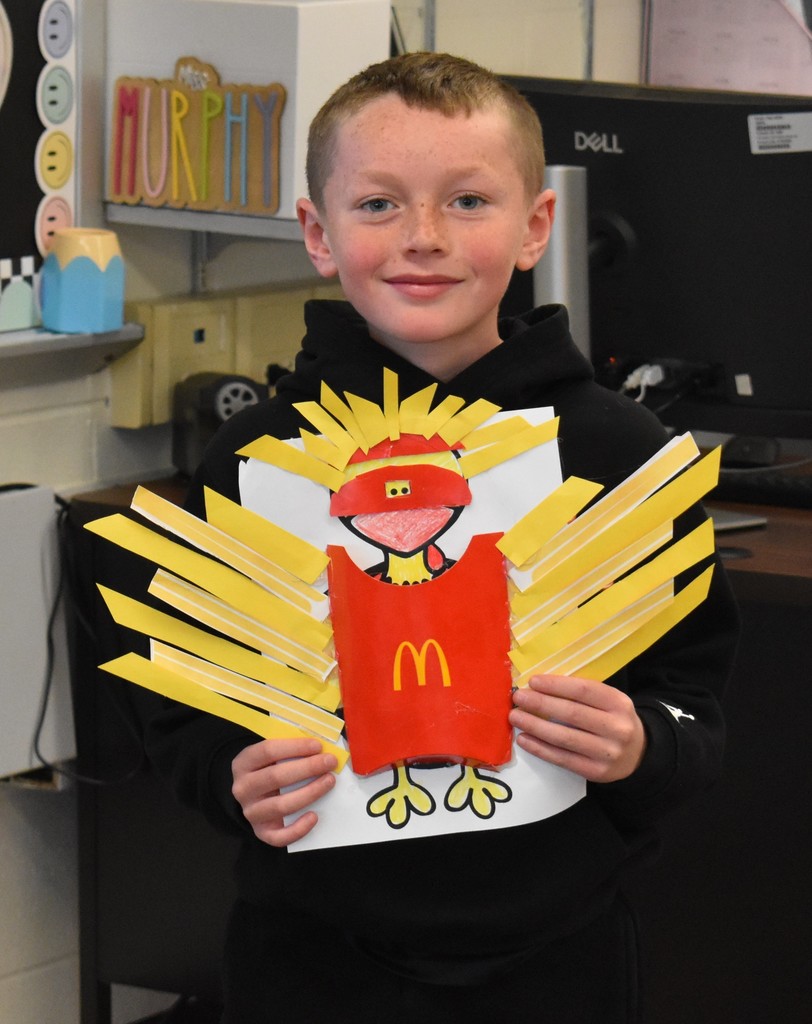

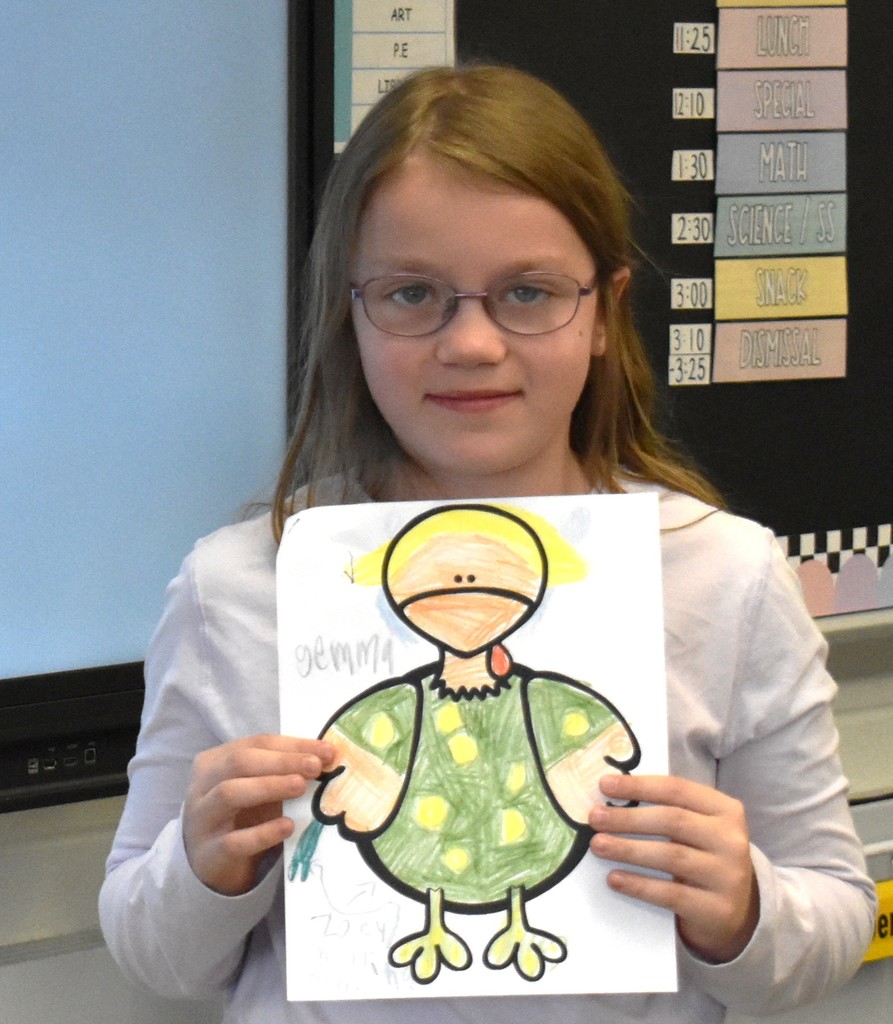


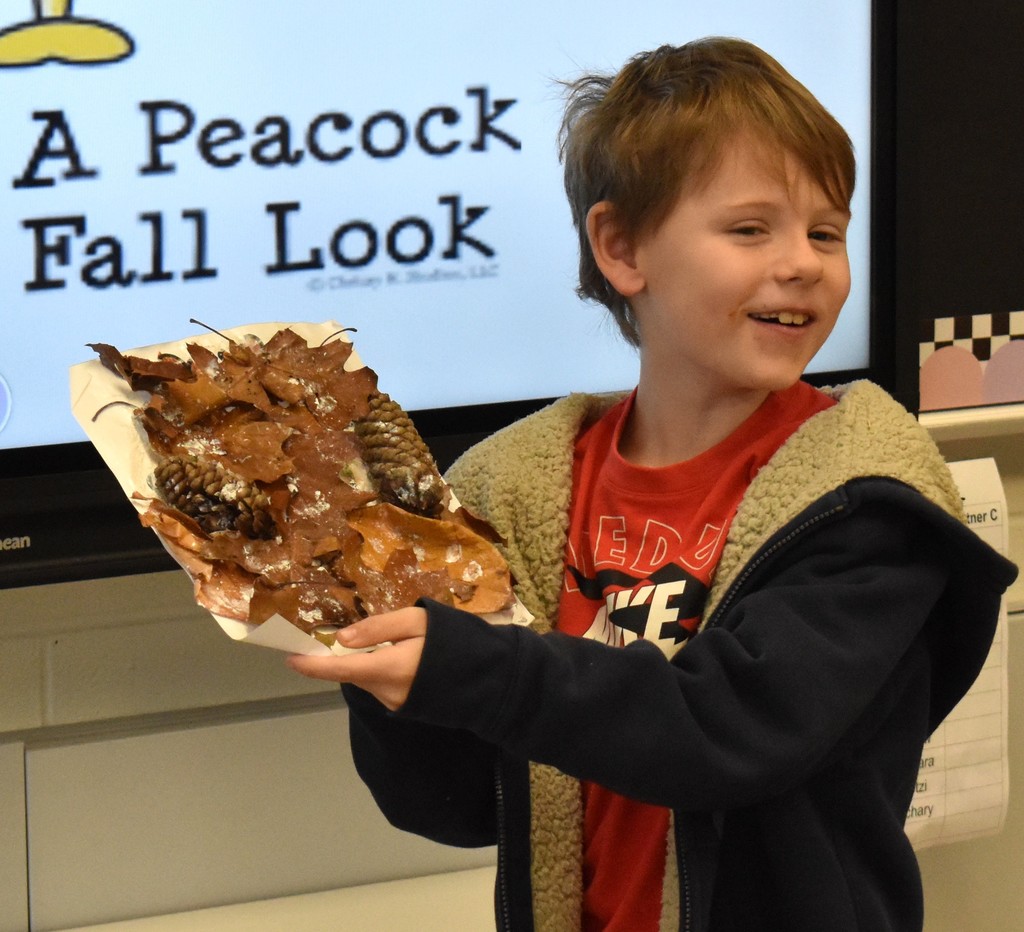
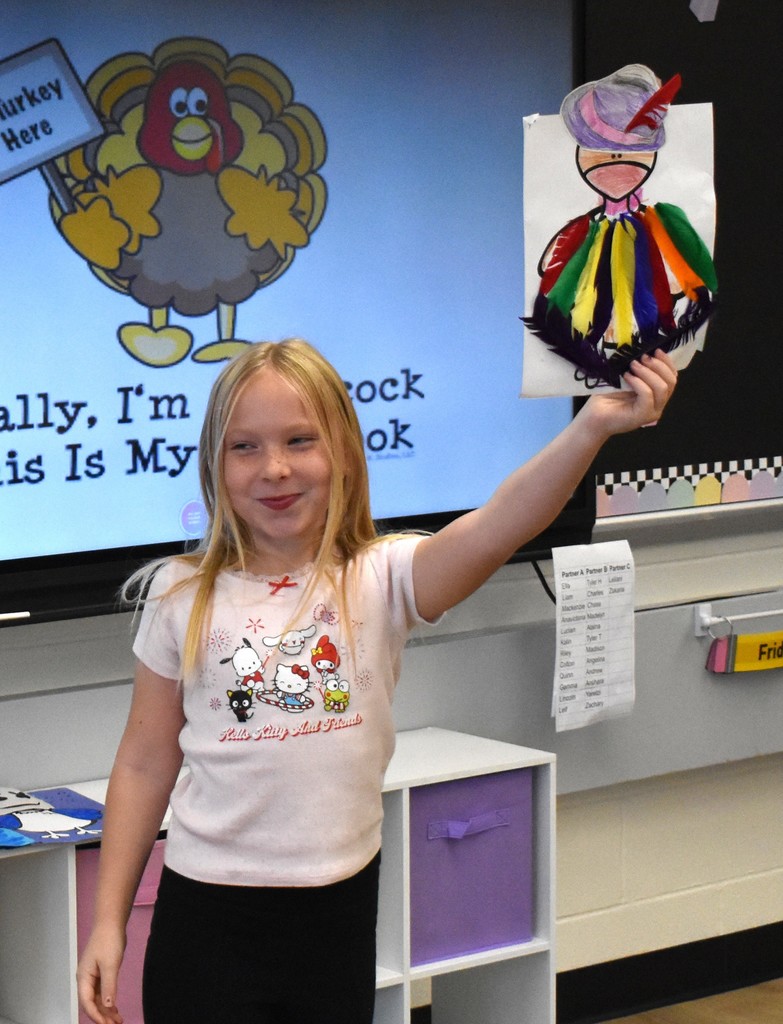
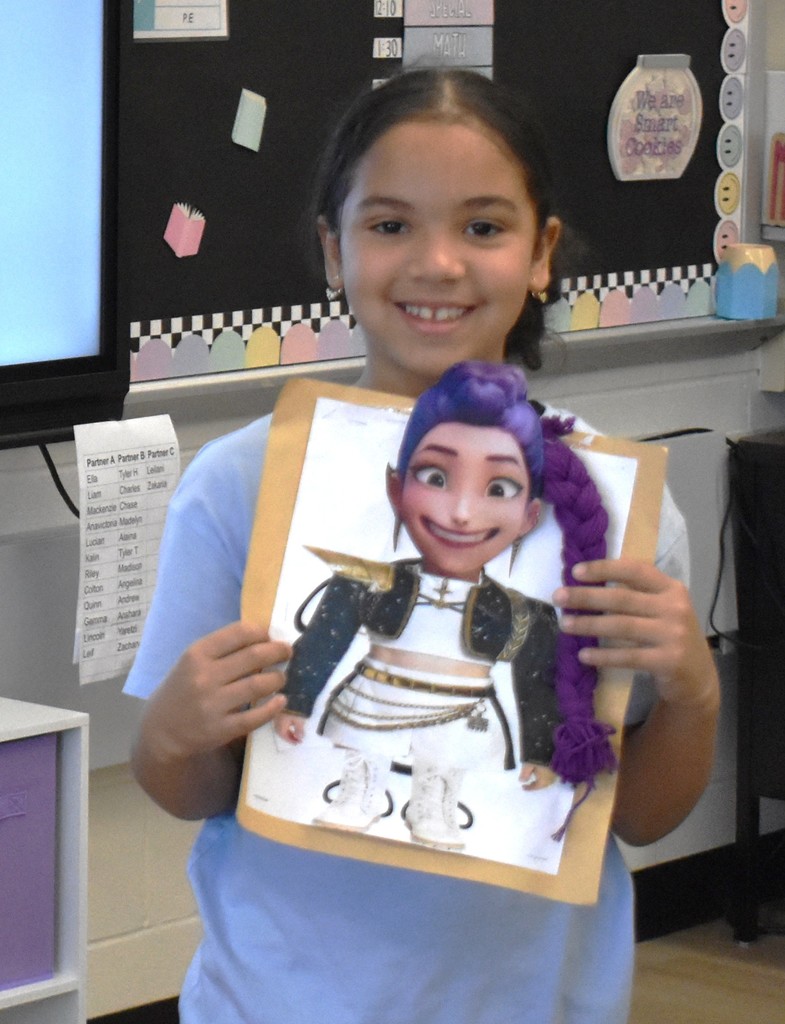

Andrew Hulle’s IS trombonists are continuing to review their first 5 pitches (Bb, C, D, Eb, and F) and showing the difference between whole notes (4 counts), half notes (2 counts), and quarter notes (1 count). His trombonists have been practicing each pitch and rhythm and then applied those skills to their concert music.
•The trombone's ancestor was an instrument called the sackbut. It first appeared in the 1500s during the Renaissance music period. Over many years, the sackbut slowly changed and improved into the trombone known today.
•Beethoven was the first composer to add trombones to a full symphony orchestra.
•Trombones are used in many different kinds of music because of their special sound. They can be heard in orchestras, concert bands, marching bands, brass bands, big bands, swing bands, ska bands and jazz groups.



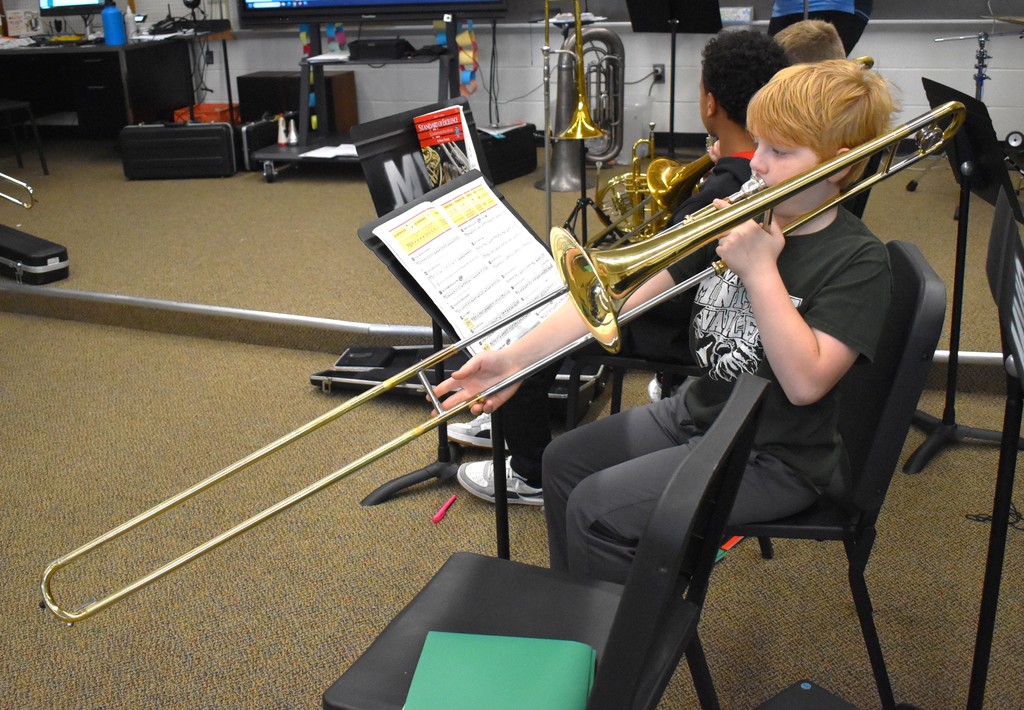
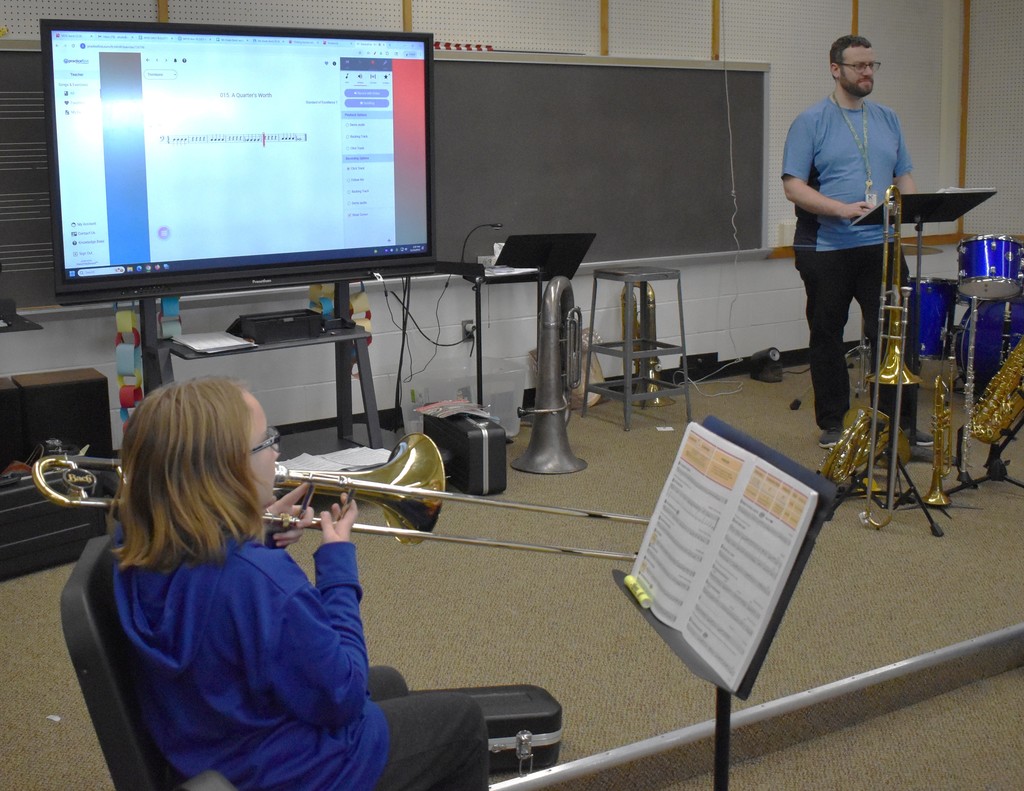
Day 1: Students used their eyes, ears, hands, and noses to observe Skittles—shaking, smelling, and describing their bright colors and smooth texture. Then they added water and watched as the colors spread out to form beautiful rainbow patterns!
Day 2: Students used their sense of taste in a fun partner challenge: Could students guess the Skittle flavor without peeking? They recorded data, made predictions, and compared results—all while learning that science can be both delicious and educational!
•The "Skittles experiment" is a science project that demonstrates diffusion and concentration gradients by arranging Skittles in a circle on a plate and adding water to watch the colors spread and form a rainbow. It teaches kids how sugar and food dye dissolve in water and move from an area of high concentration to low concentration to equalize the concentration. The experiment can also illustrate the effect of water temperature on dissolving speed. It can also teach kids about scientific skills like forming hypotheses, making predictions, and observation.
•Skittles were first created in the United Kingdom in 1974, launched in the U.S. in 1979, and now have a slogan, "Taste the Rainbow," that was created in New York. The name "Skittles" is a reference to the sports game of the same name, and a single factory can produce over 100,000 individual Skittles per minute to meet global demand. The traditional pub game of skittles, a form of bowling played in the UK and Ireland, or Ninepin bowling, is a variation popular in parts of Europe and North America.
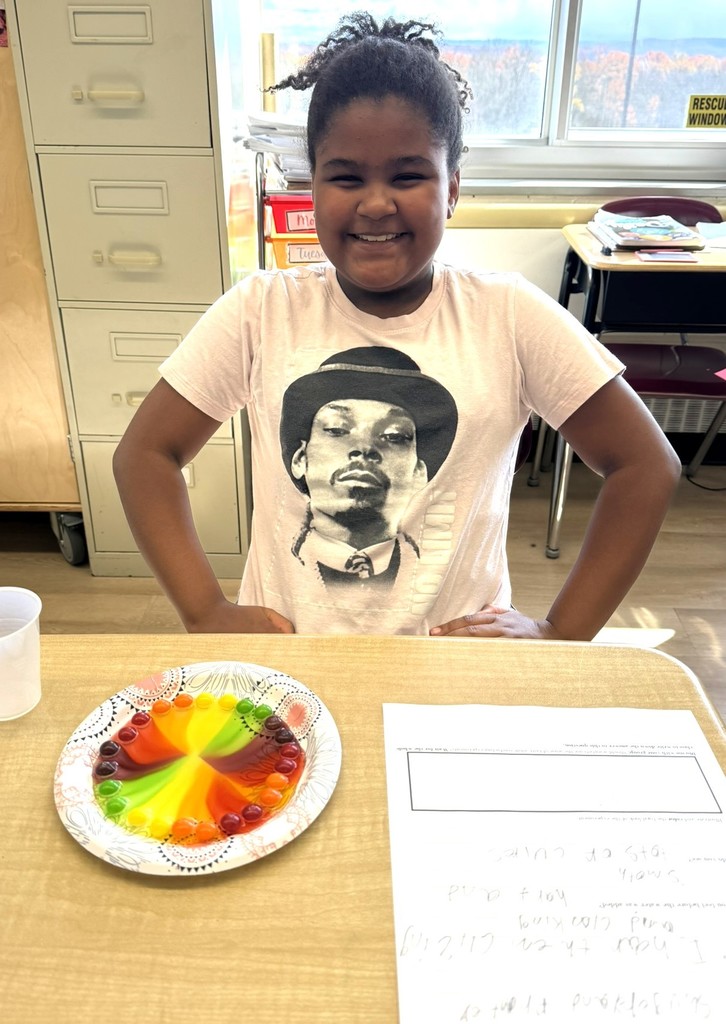
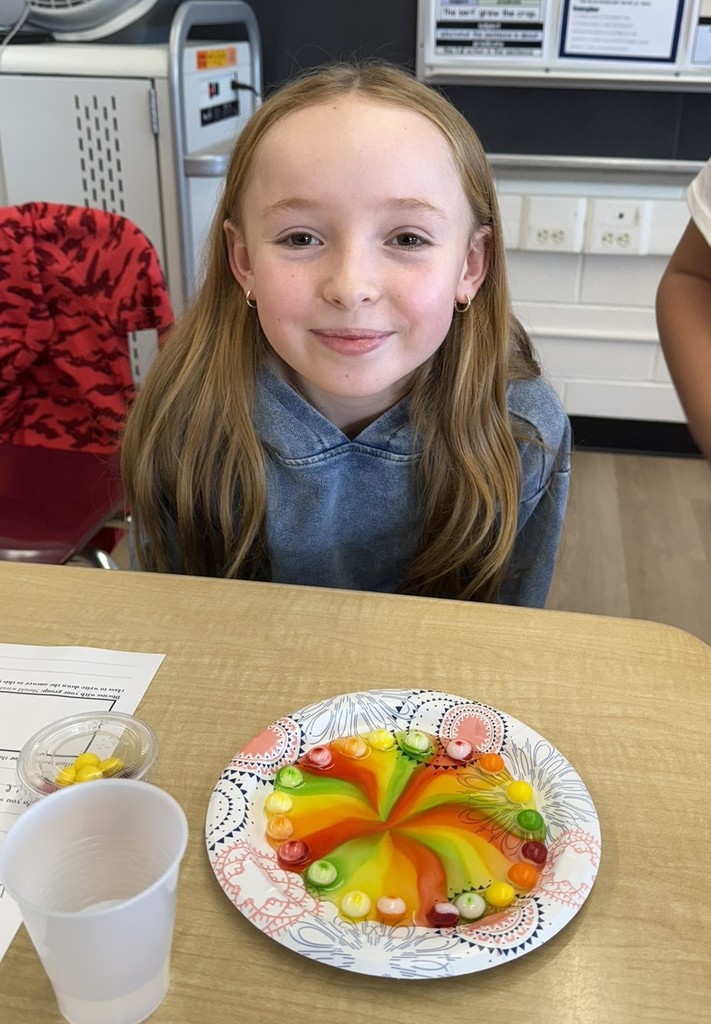
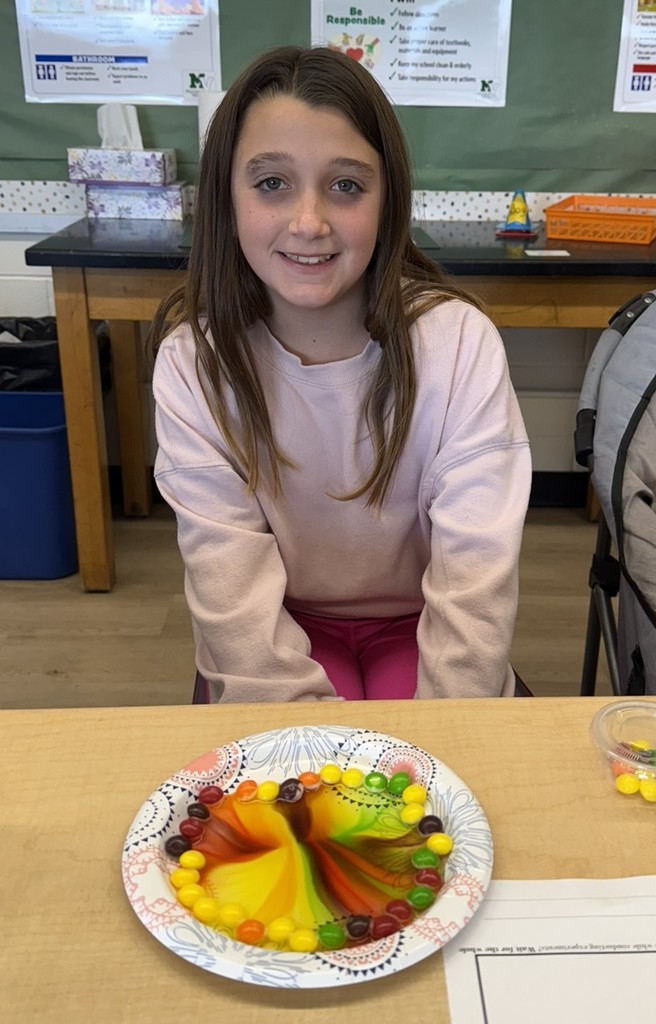

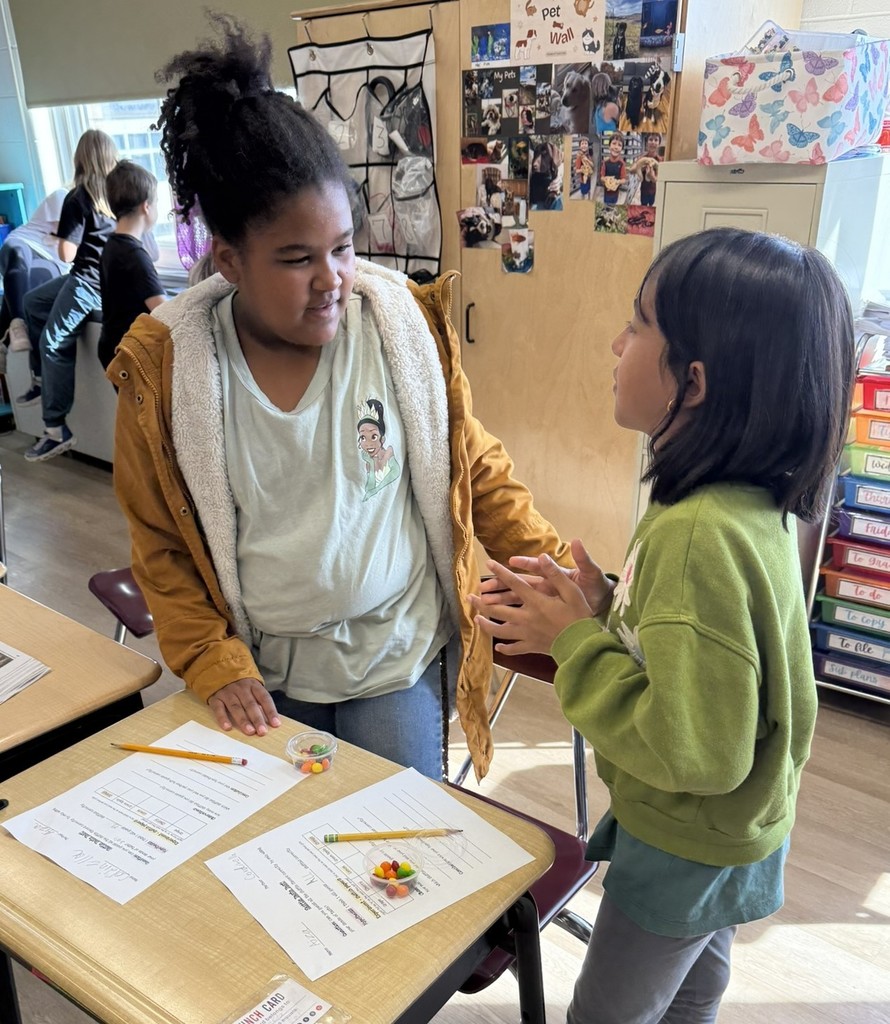


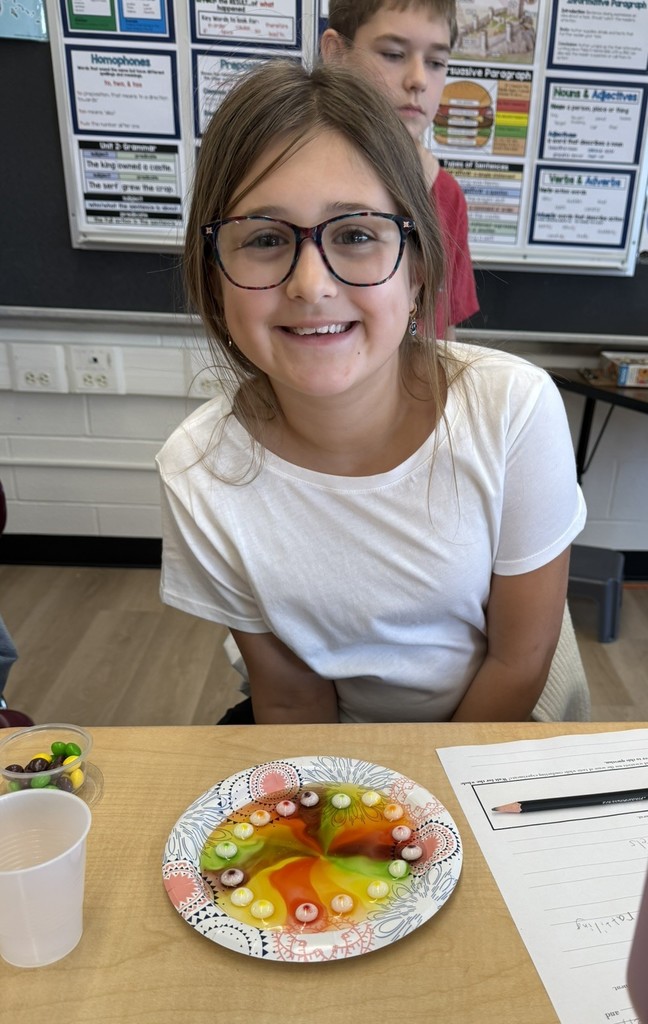

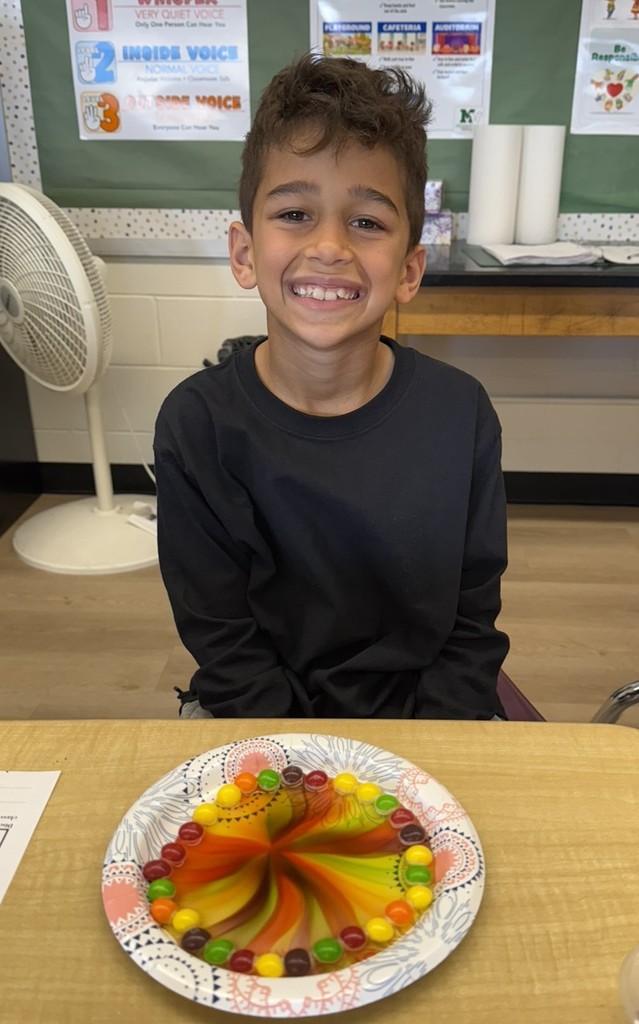
But...this group has been doing more than just prepping for a race. This team, comprised of third through fifth graders, has been meeting twice weekly for the past two months, integrating running and physical activity with the important core values such as building confidence, embracing differences, exploring emotions, resolving conflict and doing acts of kindness.
The group’s community service project was to create 35 breakfast bags, which were donated Middletown Warming Station yesterday, Nov. 13. WELL-DONE, everyone!
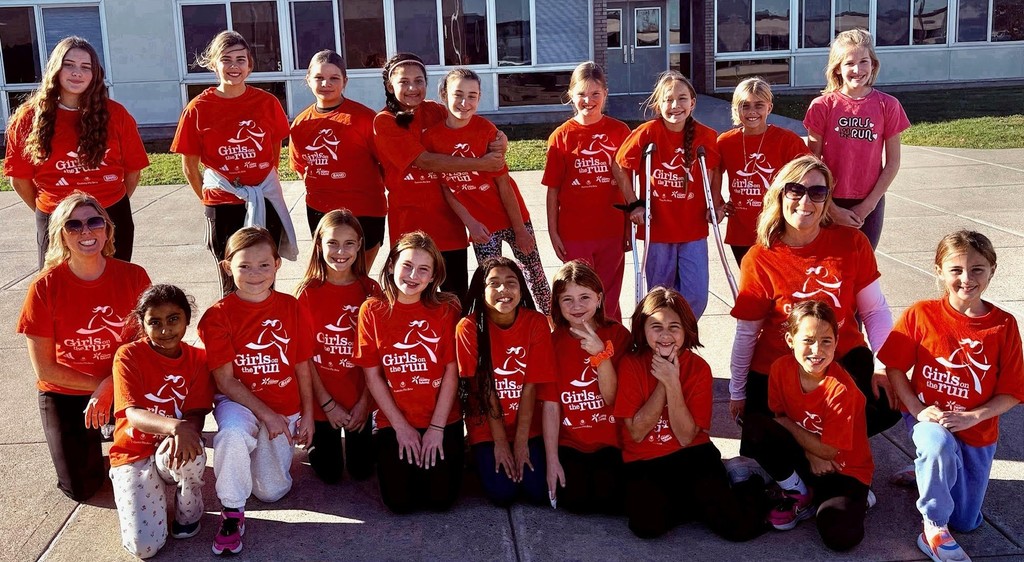




After weeks of studying the feudal system with kings, knights, castles and life during the Middle Ages, students applied their new knowledge by decorating their own castles — complete with towers, windows and flags! Each student showcased his/her creativity and understanding of medieval architecture through their work.
Students also created beautiful stained glass window art inspired by the spire windows found in the great Middle Age cathedrals. Using bright colors and patterns, they transformed their classroom windows into works of art.
“Our students were so engaged in learning about medieval life,” said Mrs. McKeon.
The culminating projects were displayed for classmates and visitors to admire, turning the fourth-grade classroom and hallway into a mini medieval village.
“Seeing them apply what they’ve learned in such creative ways really made the unit come alive,” added Mrs. Richards.
WHAT A COOL PROJECT! Thank you to the IS PTO for the mini-grant which allowed the teachers to purchase the supplies for this project!
The Core Knowledge Language Arts (CKLA) Medieval Times unit is a curriculum that teaches fourth-graders about the Middle Ages in Europe through reading, writing, and other language arts activities, often focusing on topics like feudalism, chivalry, castles and daily life. The unit provides a historical and geographical context for the era and develops skills in reading comprehension, writing, grammar, morphology, and spelling through informational texts and literary texts, such as the legends of King Arthur.




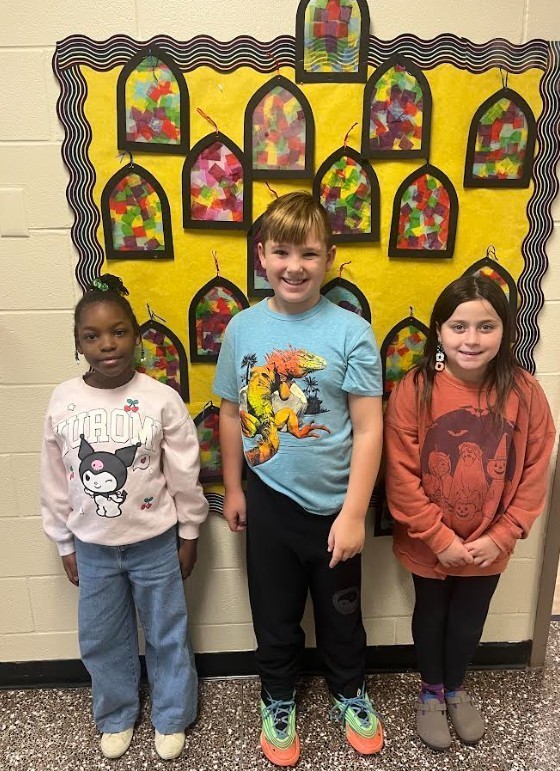
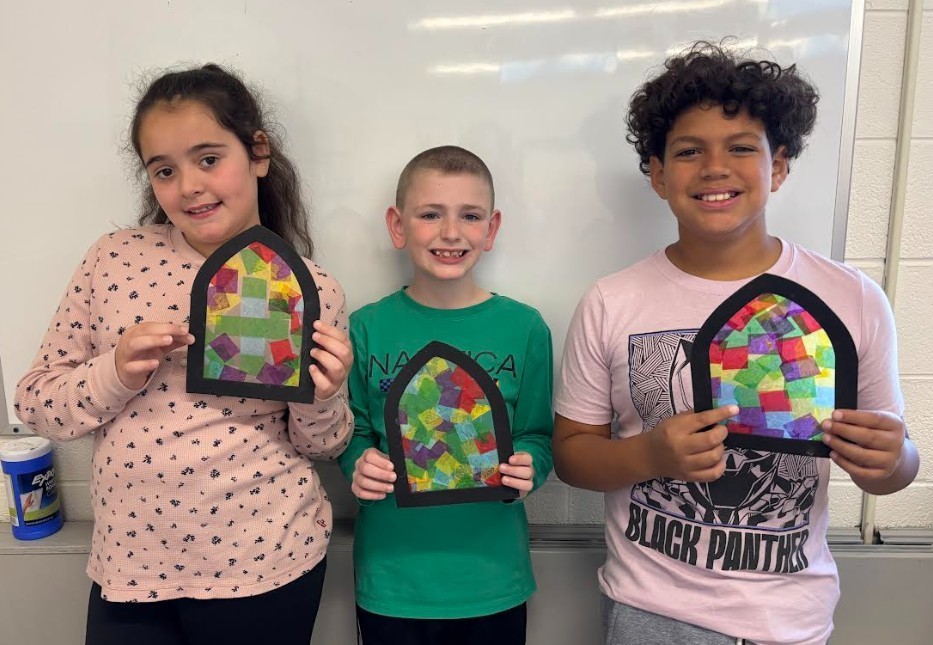

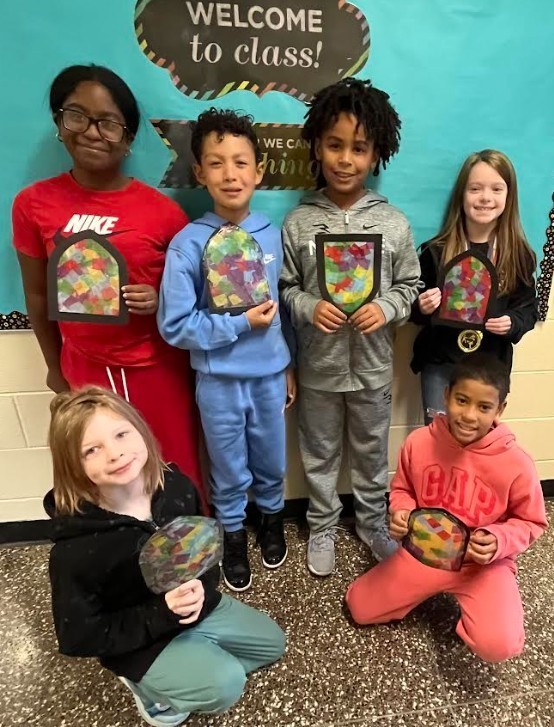
Did you know Minisink Valley’s Facebook page features thousands of great photos and information which show what’s going on at Otisville Elementary, Minisink Valley Elementary, Minisink Valley Intermediate School, Minisink Valley Middle School and Minisink Valley High School?
Over 8,400 people (and growing!) in the greater Minisink Valley area “follow” the district’s page. Join them! It’s a great source of information!
Visit the district's Facebook page and be sure to “like” us: https://www.facebook.com/MinisinkValleyCSD

Using this information the class was able to identify what the phrase "All roads lead to Rome" means, and how they are still able to see the early aspects of this civilization in today's world including in architecture, government, and more!
The saying "all roads lead to Rome" means that there are many different methods to achieve the same result or goal. It’s a metaphor for the inevitability of reaching a common outcome, regardless of the path taken. The phrase originated from the Roman Empire's extensive and centralized road network, which radiated out from the capital city of Rome.

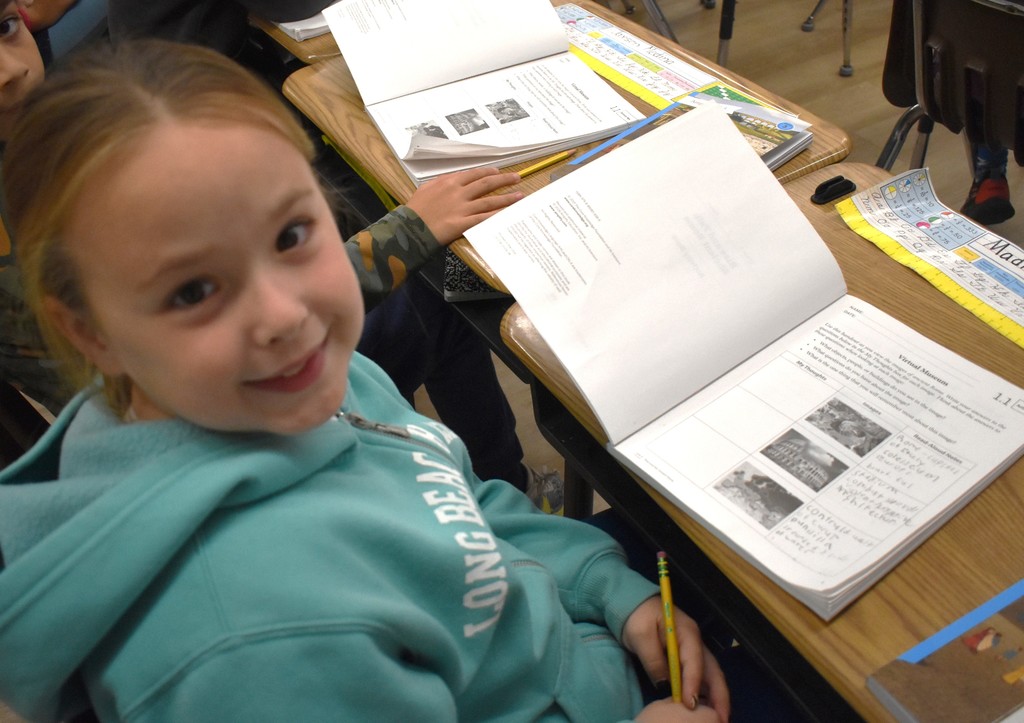
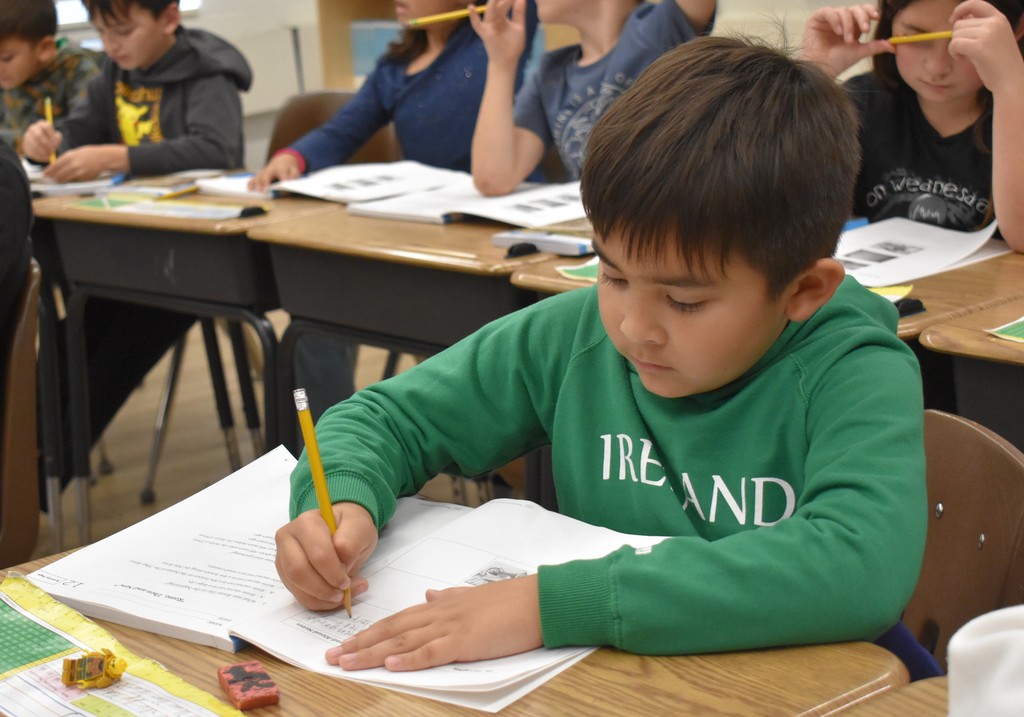
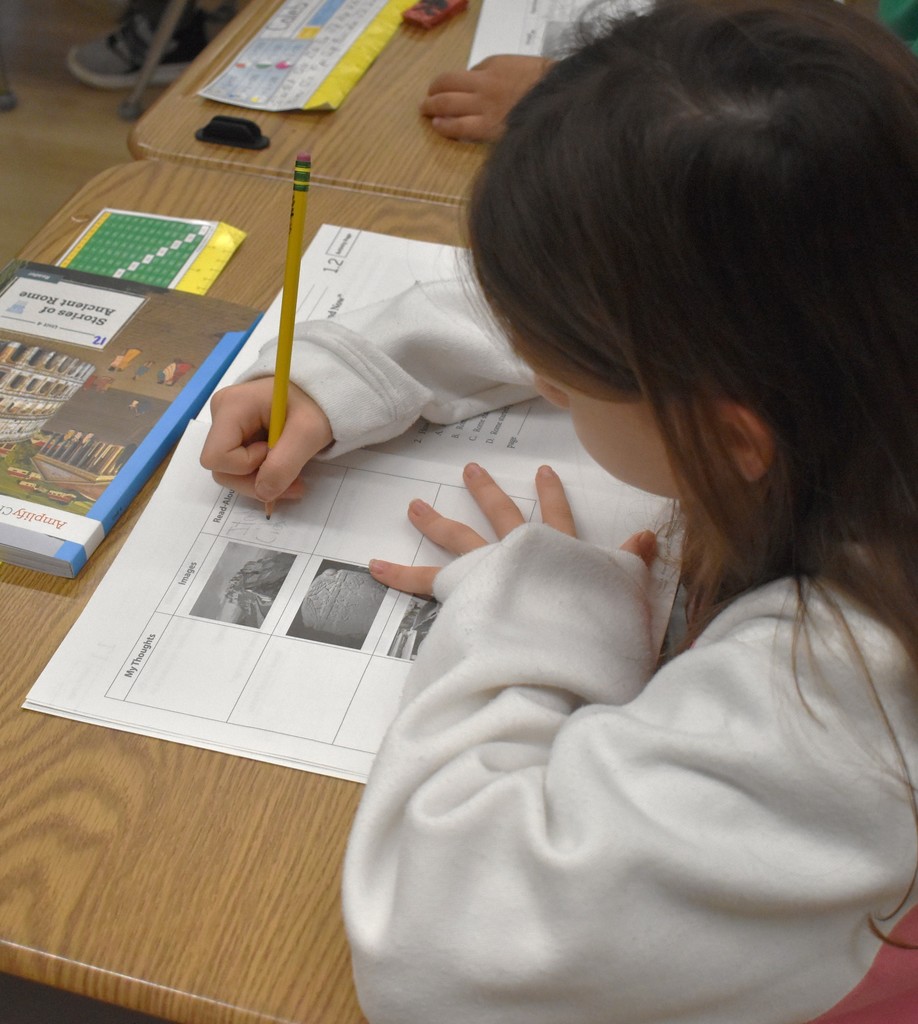


Ross Potter's IS third-grade physical education students have been learning about moving the soccer ball down to the goal, and also defending that goal! They're have a lot of fun getting more proficient with these soccer skills!
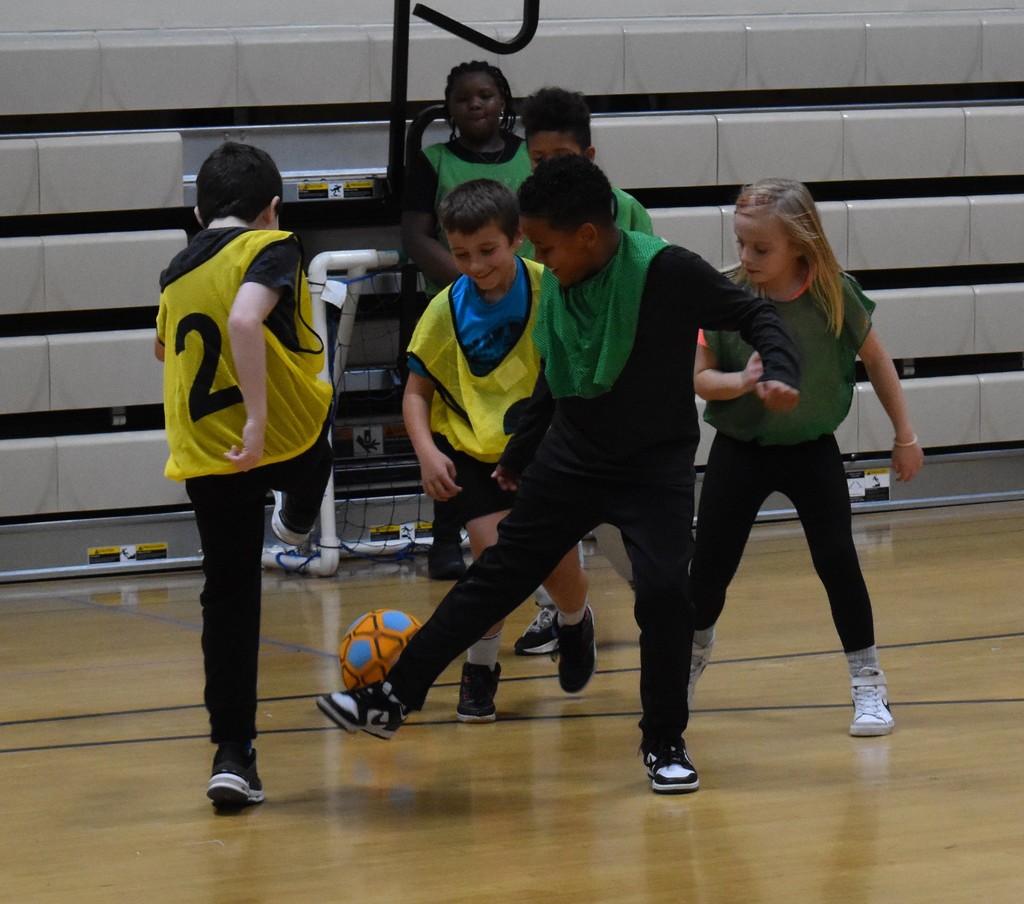
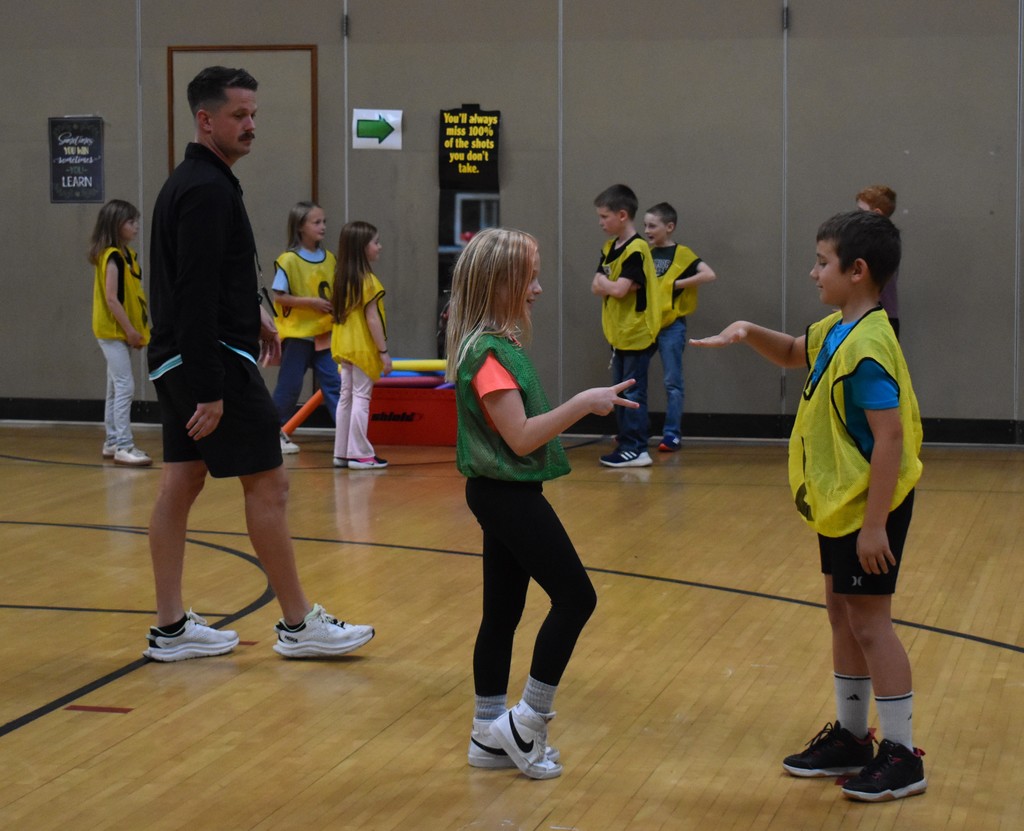
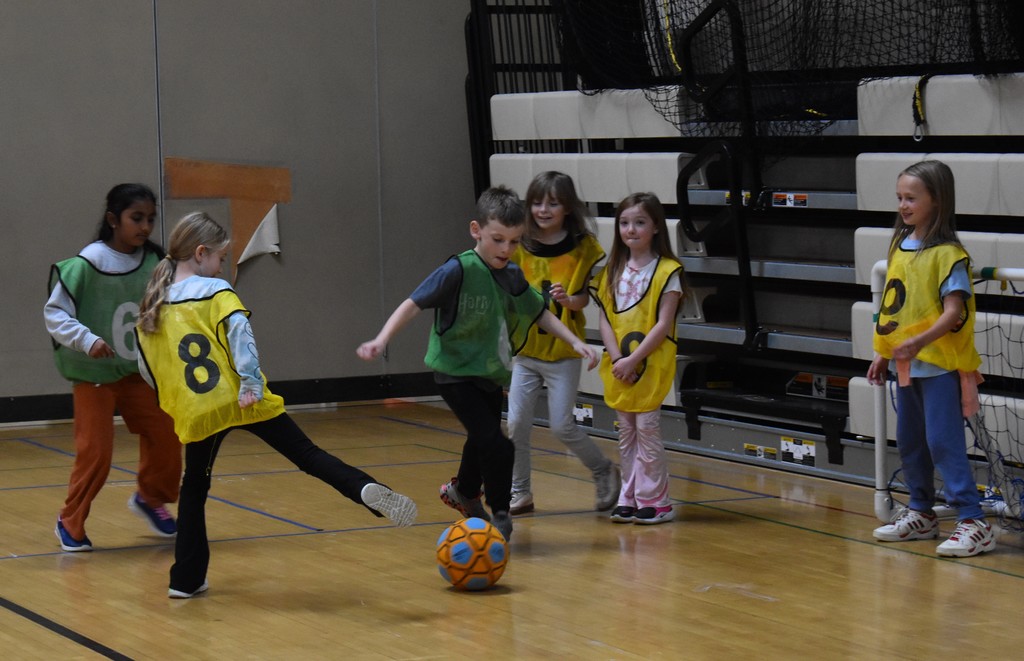

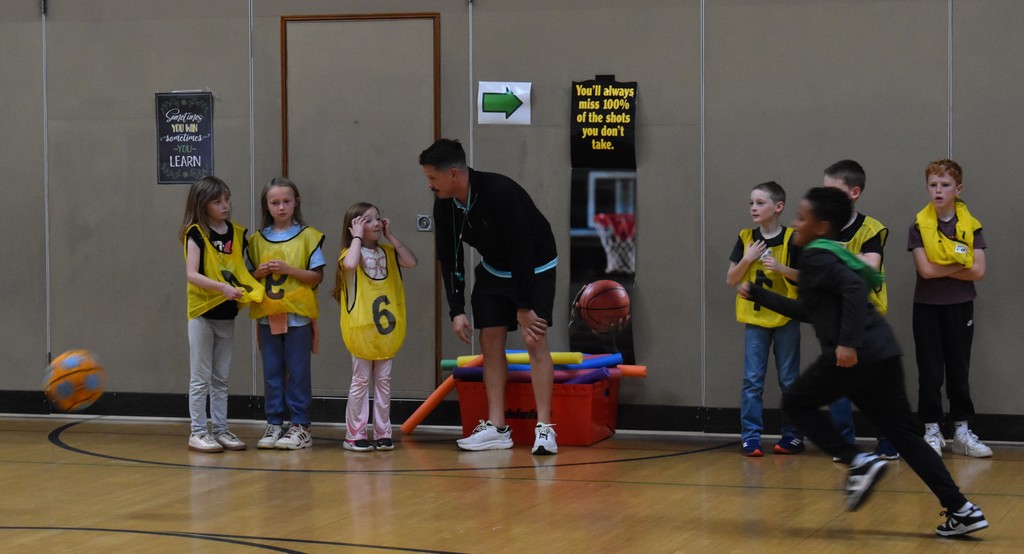
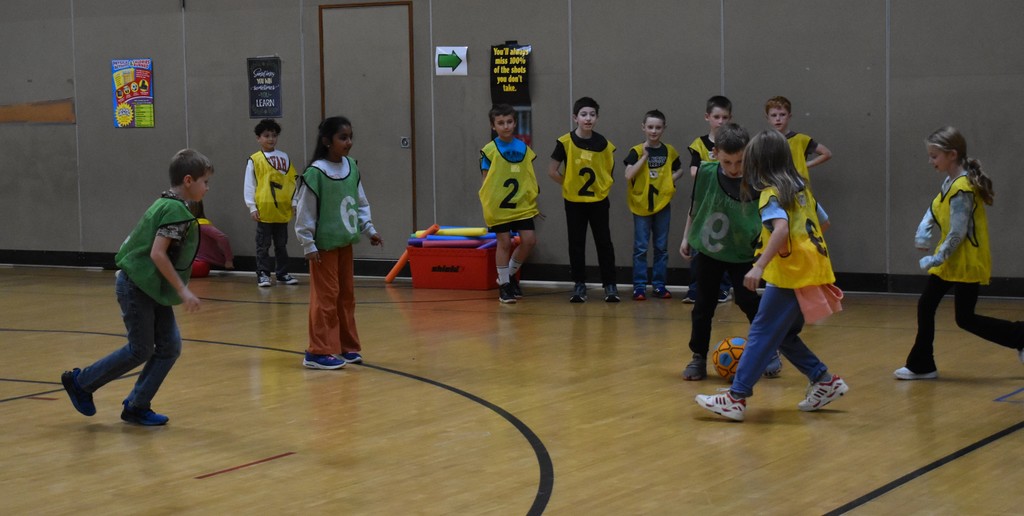
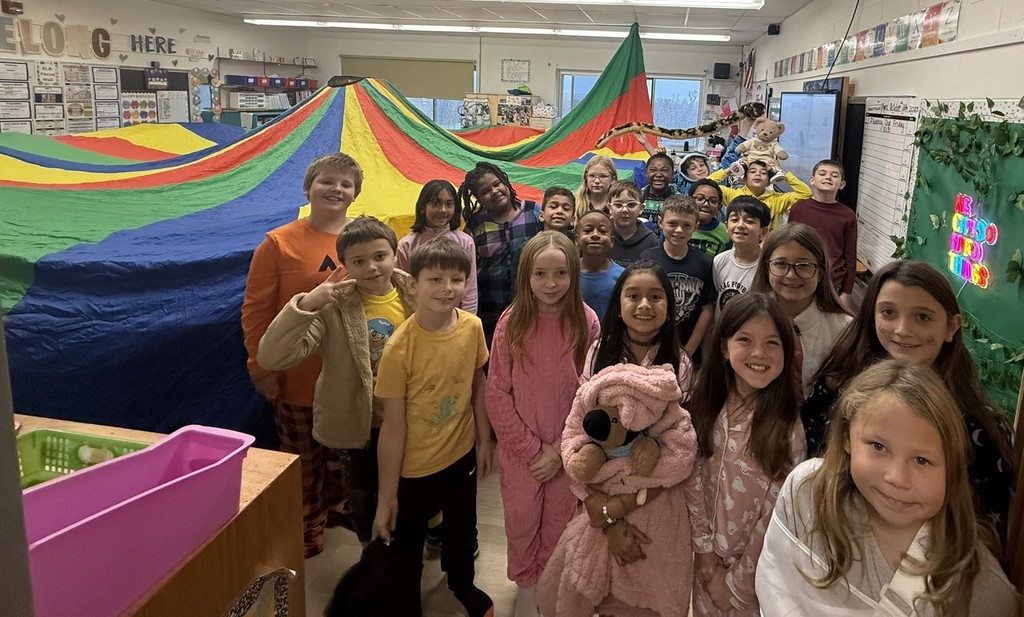
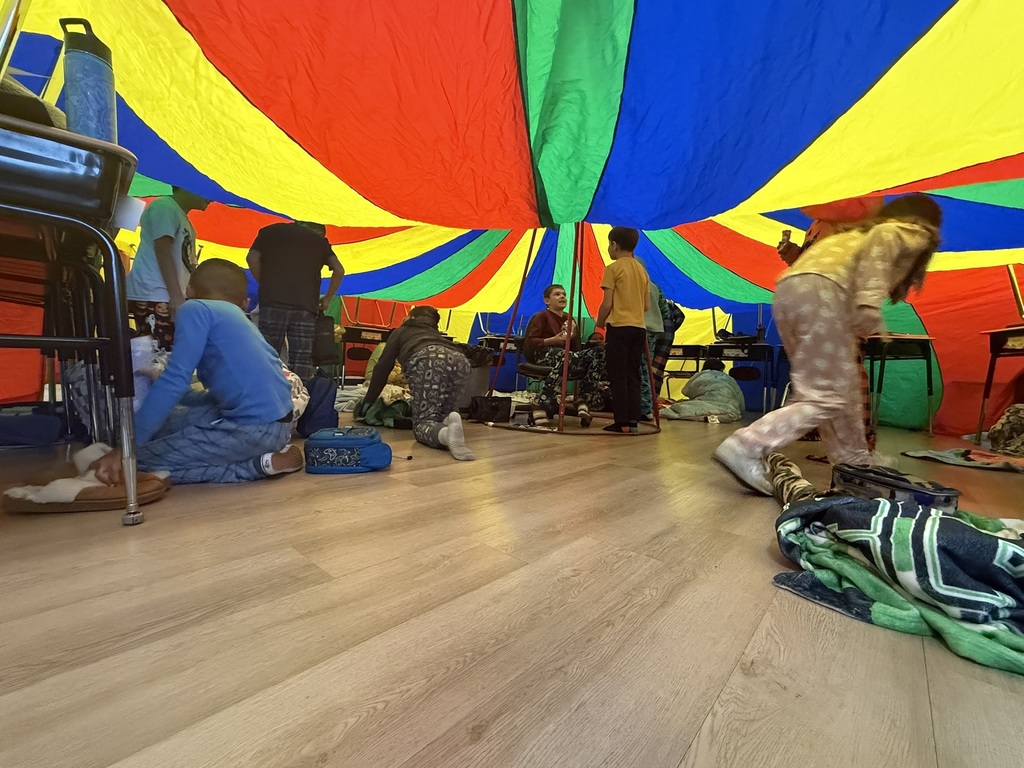
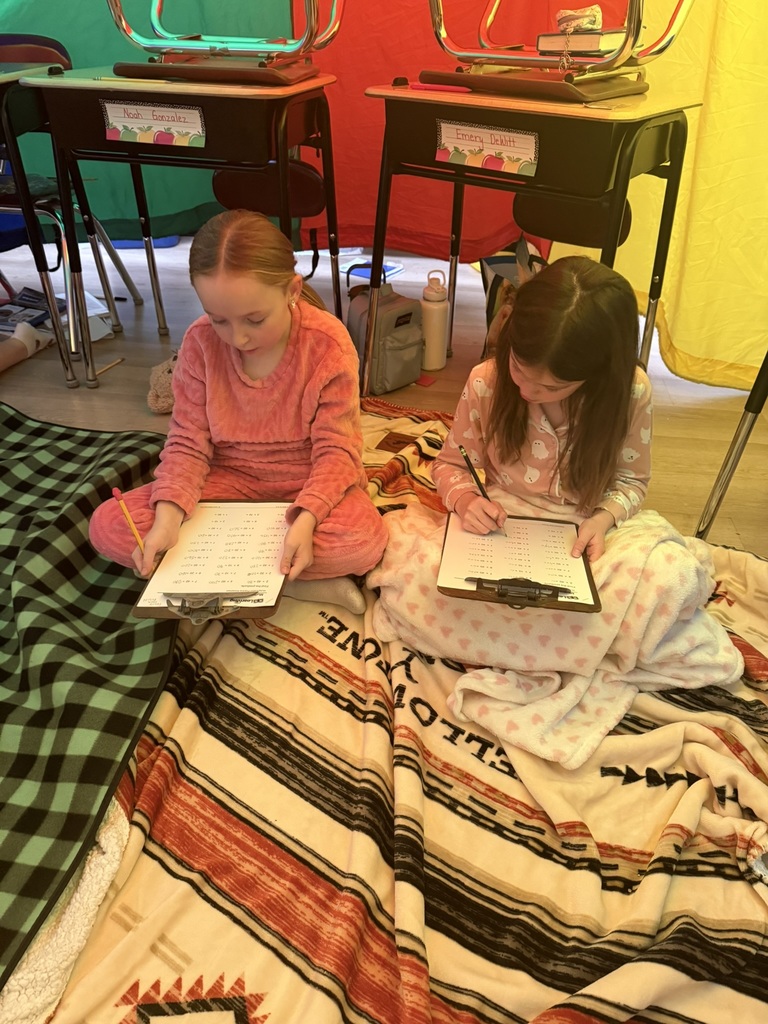
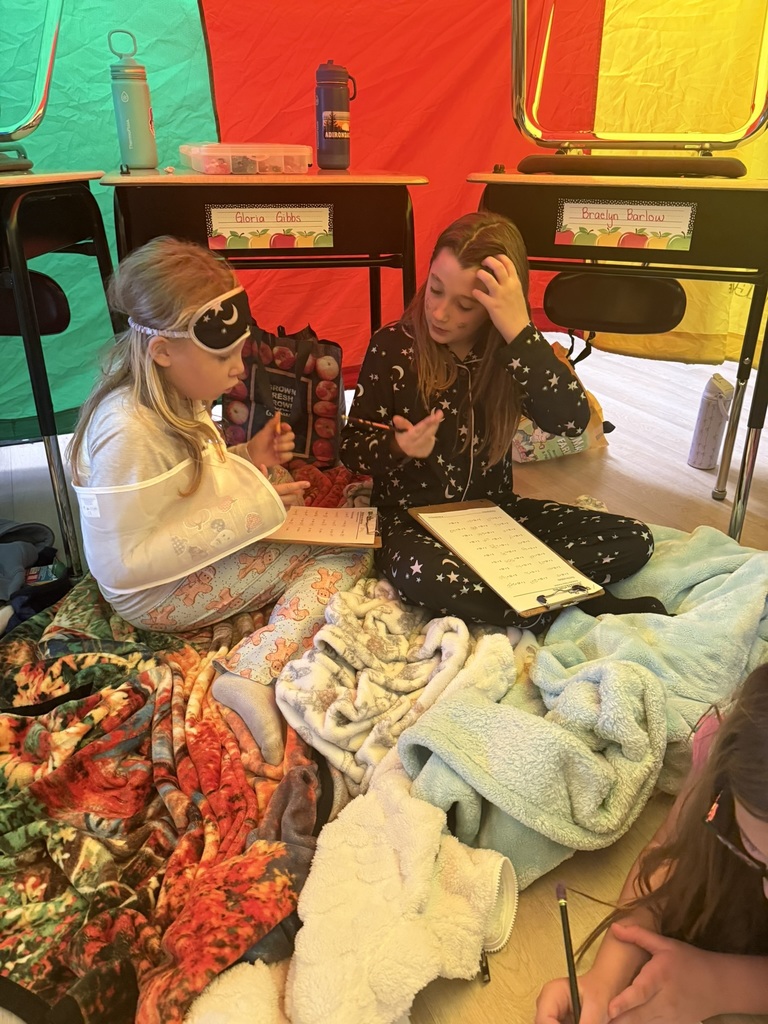
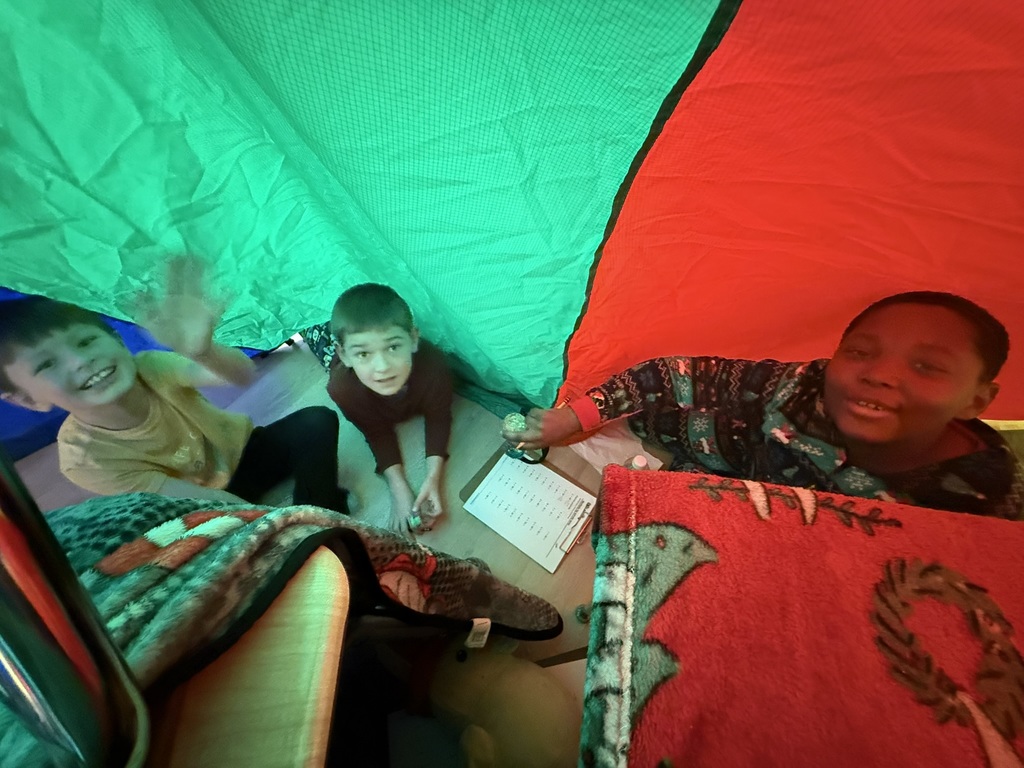
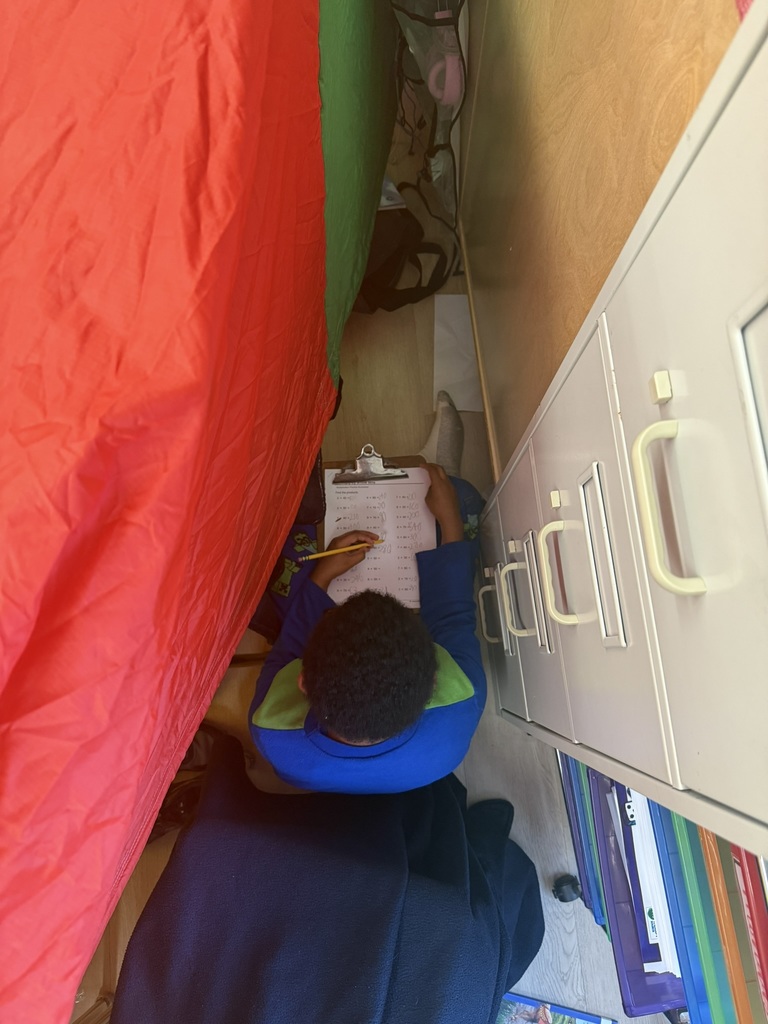
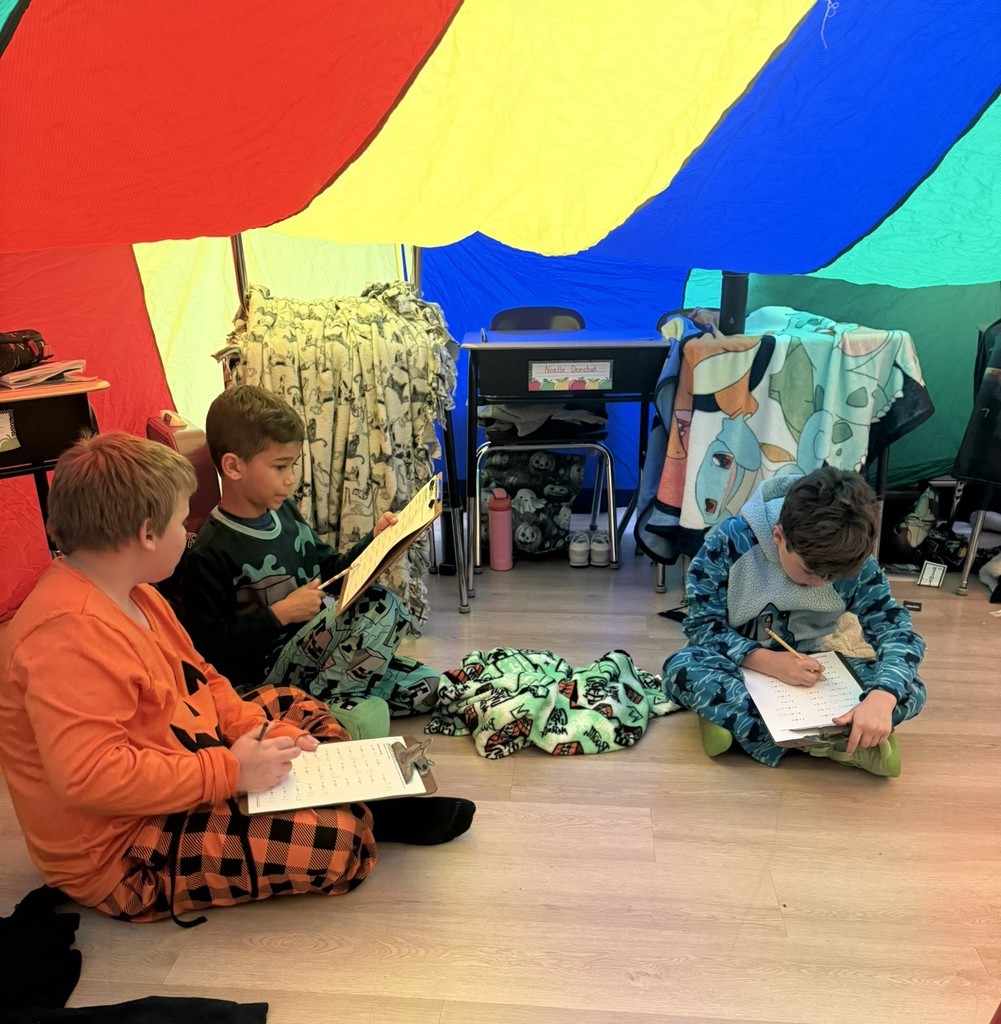
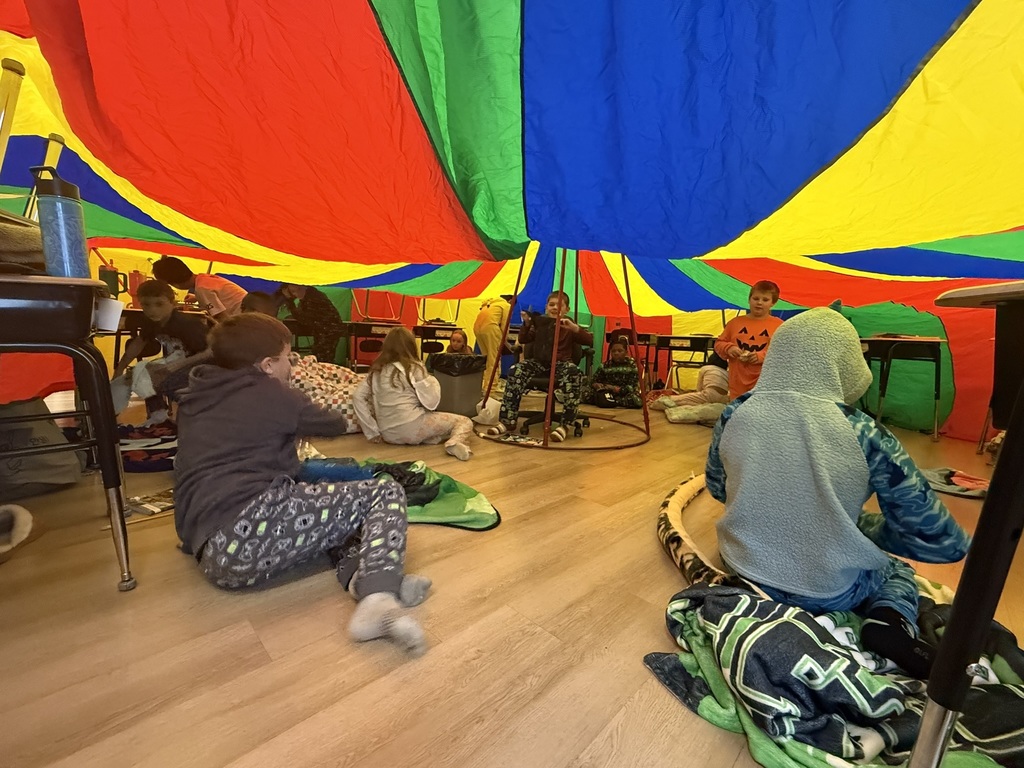
• FIFTH-GRADE: Sarah Casillo's class for “The Lorax”
• FOURTH-GRADE: Cornelia Caligiuris’ class for “Dumbo”
• THIRD-GRADE: Stacey Dronke’s class for “The Fox”
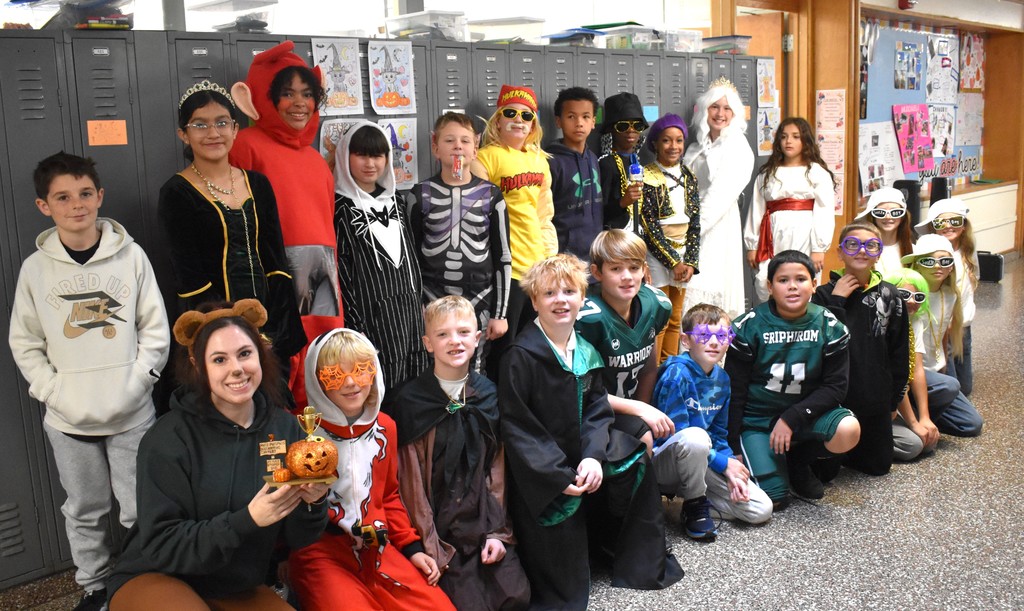
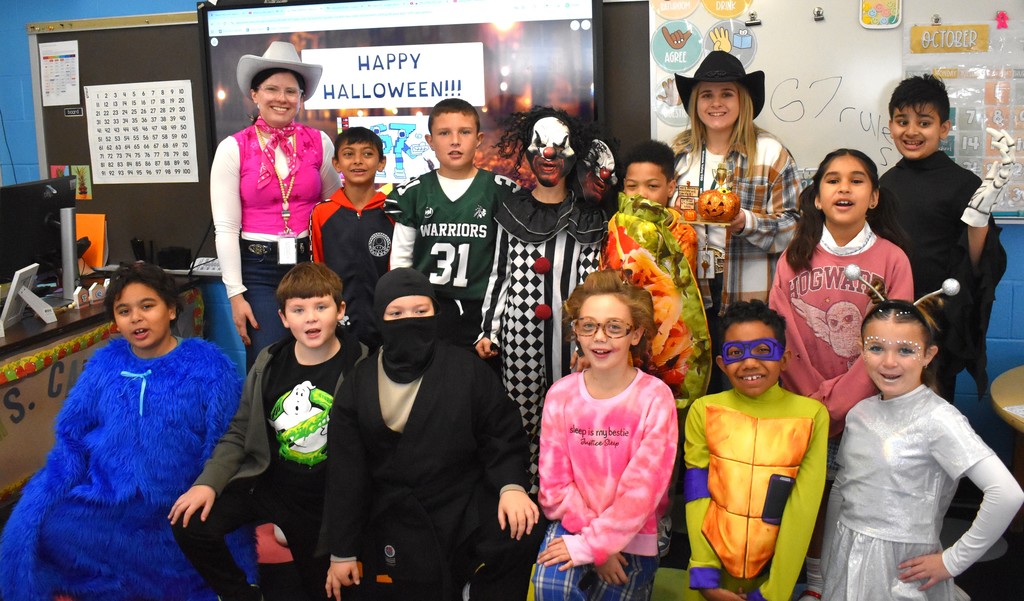

The Halloween season means it's time for the Intermediate School's annual Pumpkin Decoration Contest, sponsored by the Intermediate School PTO. This year's entries prepared by each 3rd, 4th and 5th grade class, are beyond superb! Who will win in each grade level? We'll find out when all the votes are tallied and the coveted Pumpkin Decorating Contest trophies are awarded Thursday afternoon. See all the photos on the district's Facebook page: https://www.facebook.com/MinisinkValleyCSD/

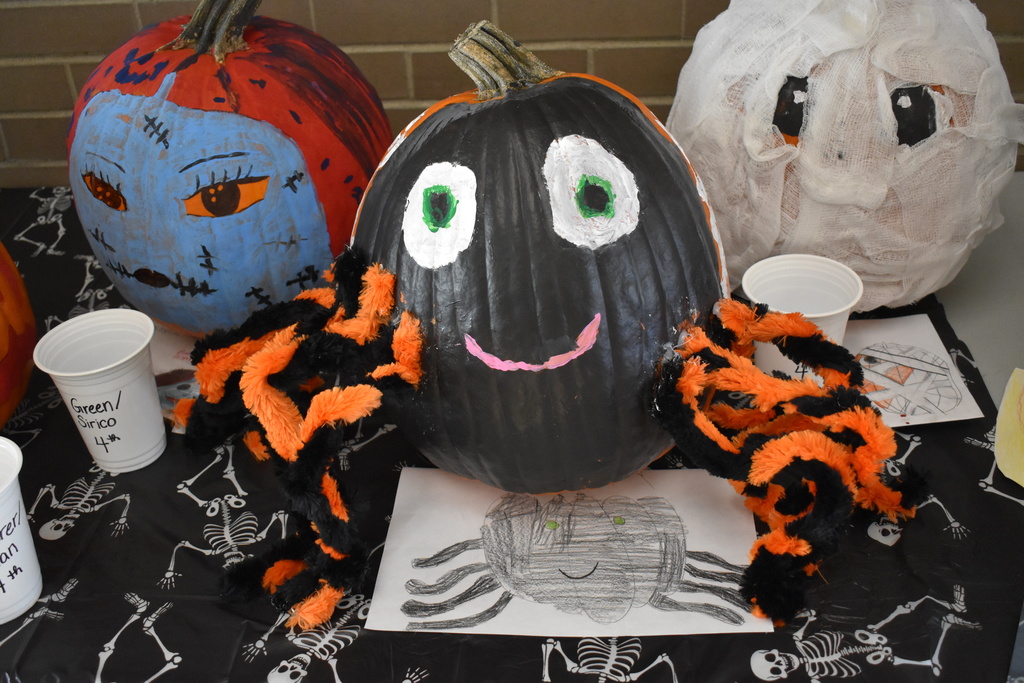
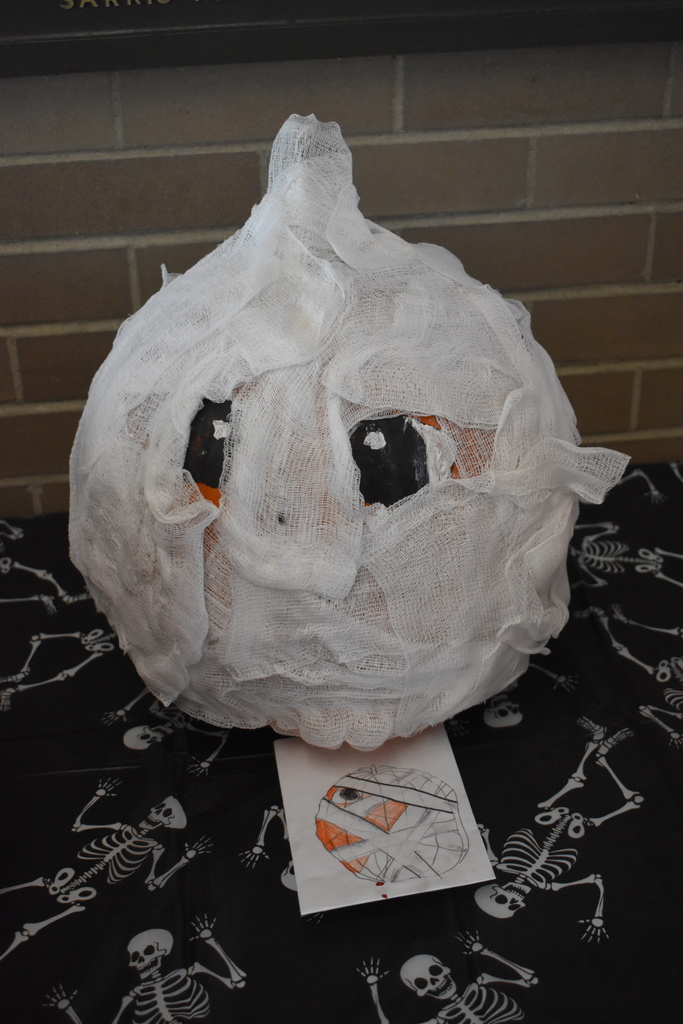
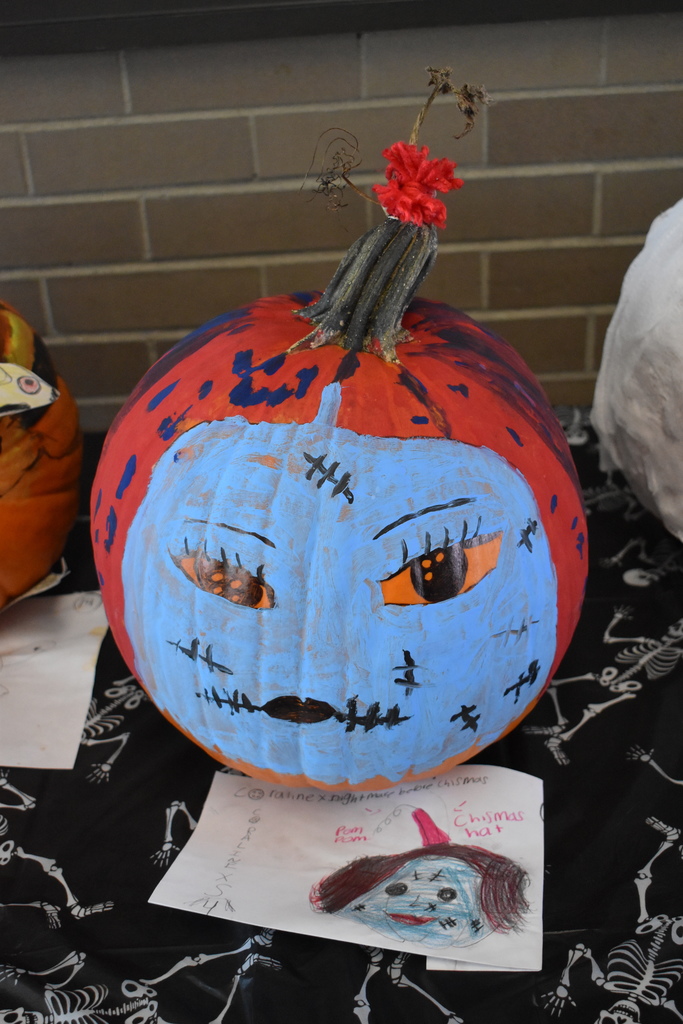
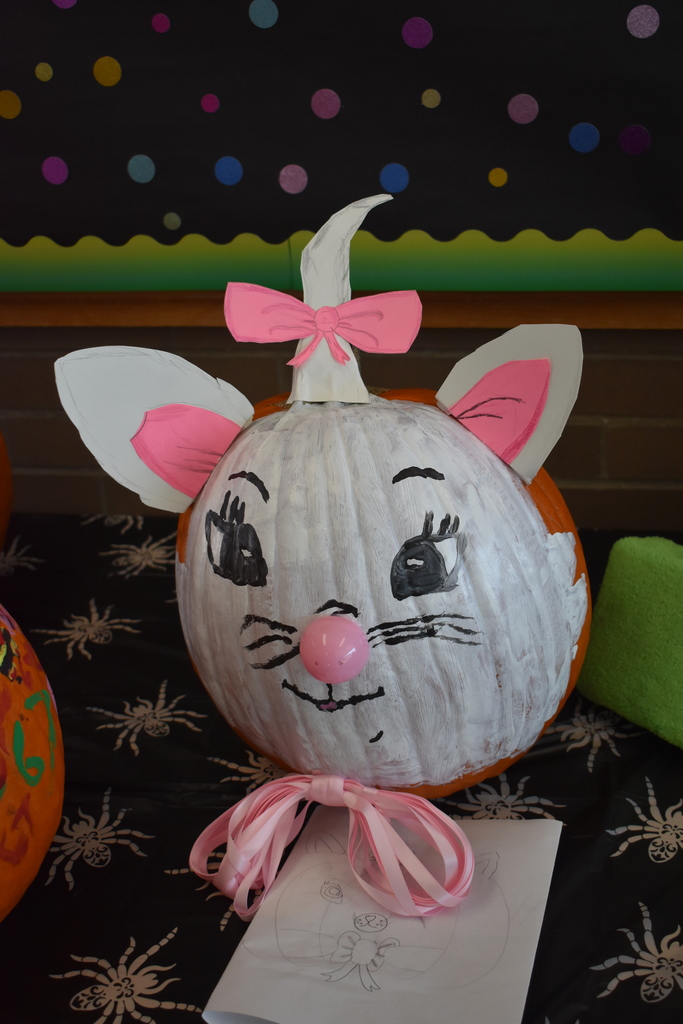

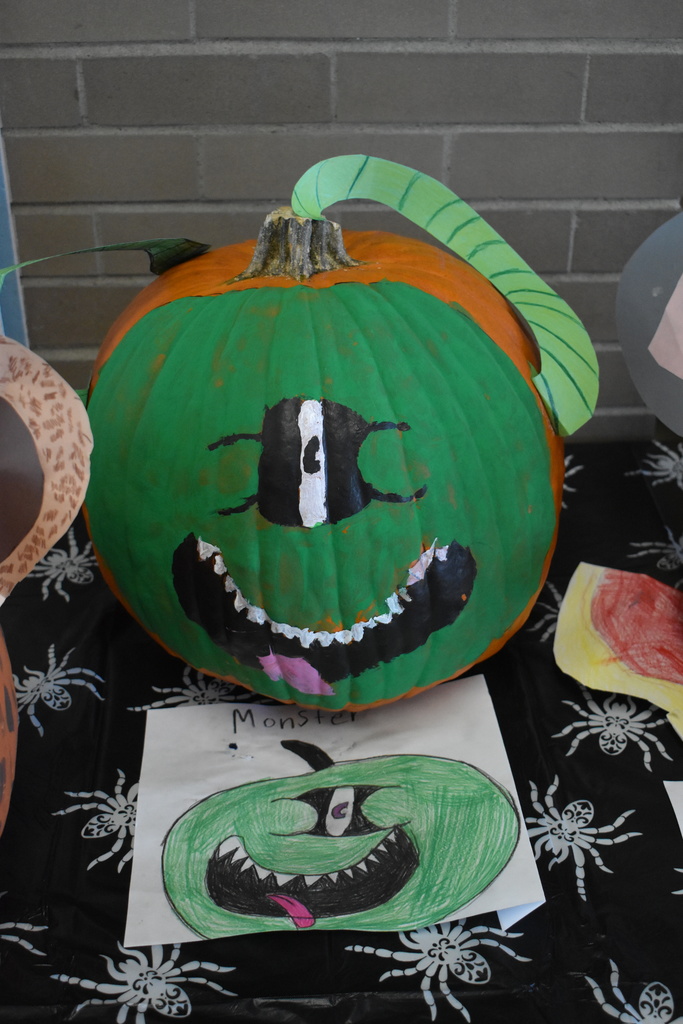

Singing in rounds helps to train the students' ears, improve pitch and rhythm skills, build confidence and independence, and helps them develop harmonic awareness. These skills are needed to prepare for their upcoming winter concert in December.
A singing round is a musical form where multiple voices sing the same melody but begin at different times, creating harmony through the overlapping. For example, when the first person finishes the song and starts again, the second person who started later also reaches the beginning and restarts. Popular examples include "Row, Row, Row Your Boat" and "Frère Jacques."
